If you're a reptile fan moving from geckos to another level, red-eyed crocodile skinks (Tribolonotus gracilis) could be another one to own next. They can live up to 10 years, but only if you take really good care of them. If you mess up things like humidity, heat, or light, they can get sick or even die.
1. Enclosure Essentials: Perfect Size, No Compromises
-
Minimum size: For a single adult, aim for a 24″ × 18″ × 18″ (60 × 45 × 45 cm) or larger. Bigger is better. Some experts recommend 90 × 45 × 45 cm for more roaming space.
- Housing solo or in pairs: These skinks are generally territorial, but compatible pairs can coexist peacefully. Monitor closely for signs of stress or aggression.
-
Deep substrate: 3–4” of moisture-retentive bedding like coconut fiber, eco earth, and leaf litter helps maintain humidity and allows burrowing behavior.
2. Humidity & Hydration: Stay Above 70% — Every Day
-
Daily RH: 70–80%; Night: 80–100%.
-
Tools: Digital hygrometer, misting bottle, fogger or humidifier, and use only RO or distilled water.
-
Water dish: Medium shallow bowl permitting partial soaking, replace water with new water 2-3 a week.
Why it matters: Skinks are prone to respiratory infections and dehydration, a slight drop and they begin to decline.
3. Temperature & Lighting: Tropical Comfort
-
Warm hide: 75-79 °F; Cool zone: 73-75°F; Night: not below 72 °F (22°C).
-
Heat source: Wouldn't recommend it if your room temp is around 75F
-
Night-time: Personally keep it dark with no lighting unless it's for plants.
-
Lighting: Personally keep it dark with no lighting unless it's for plants.
Insider Tip: Use a combined Thermo-Hygro probe inside the hide and across zones to monitor the temperature.
4. Diet & Supplements: Balance or Bust
-
Feeding schedule: Juveniles daily, adults every other day. Offer insects about half the head size.
-
Insect variety: Crickets, dubia roaches, discoid roaches, BSF larvae, mealworms, superworms, silkworms, hornworms, earthworms, canned snails.
-
Dubia advantage: Cleaner, less odor, more nutritious
-
Supplements: You can dust feeders with calcium at every feeding, plus multivitamins.
5. Décor & Enrichment: Hide More, Stress Less
Skinks aren’t show-offs, they’re shy. Offer plenty of hides and climbing branches to reduce stress.
Must-haves:
-
Two hides (warm zone, cool zone) – Try our Gecko Place, made from eco-friendly PLA plastic that’s safe for your pet and the planet. Its curved shape provides comfort, support during shedding, and a cool perch on top.
-
Cork flats/tubes & natural branches – For climbing and cover.
-
Live plants and moss (bioactive)
-
Water feature – Add a shallow stream or dish to maintain humidity.
6. Handling & Bonding: Patience Over Force
-
Not a pet to handle often — they stress easily, vocalize, drop tails, and play dead when handled.
-
Hand-feeding via tongs after 2 weeks of settling helps build trust.
-
Monthly health checks: Inspect skin, appetite, feces, and weight. A reddening under the eyes? It could be an early infection.
Case Study: Emily reported, “Within 3 months of the switch, feeding by hand, my skink eats readily from tongs and even follows me near the glass!”
7. Common Issues & Solutions
| Problem | Possible Cause | Solution |
|---|---|---|
| Dry cracked skin | Low humidity | Increase misting, add fogger |
| Lethargy/loss of appetite | The temperature is too low | Check temps, add supplements |
| Bacterial/fungal issues | Dirty substrate or water bowl | Spot clean daily, full substrate change 3‑4 months |
Wrap-up: Why Every Detail Matters
Red-eyed crocodile skinks are fragile masterpieces. Fail to replicate their native jungle environment in any single aspect, and you risk more than frustration—you risk loss.
When you choose Geckopia, you're not just buying products. You're investing in a stress-free, thriving pet, a community of expert-backed support, and peace of mind knowing you did everything right.
We Want to Hear From You!
What’s your biggest concern when caring for a red-eyed crocodile skink? Share below, help others (and maybe win a surprise discount)!

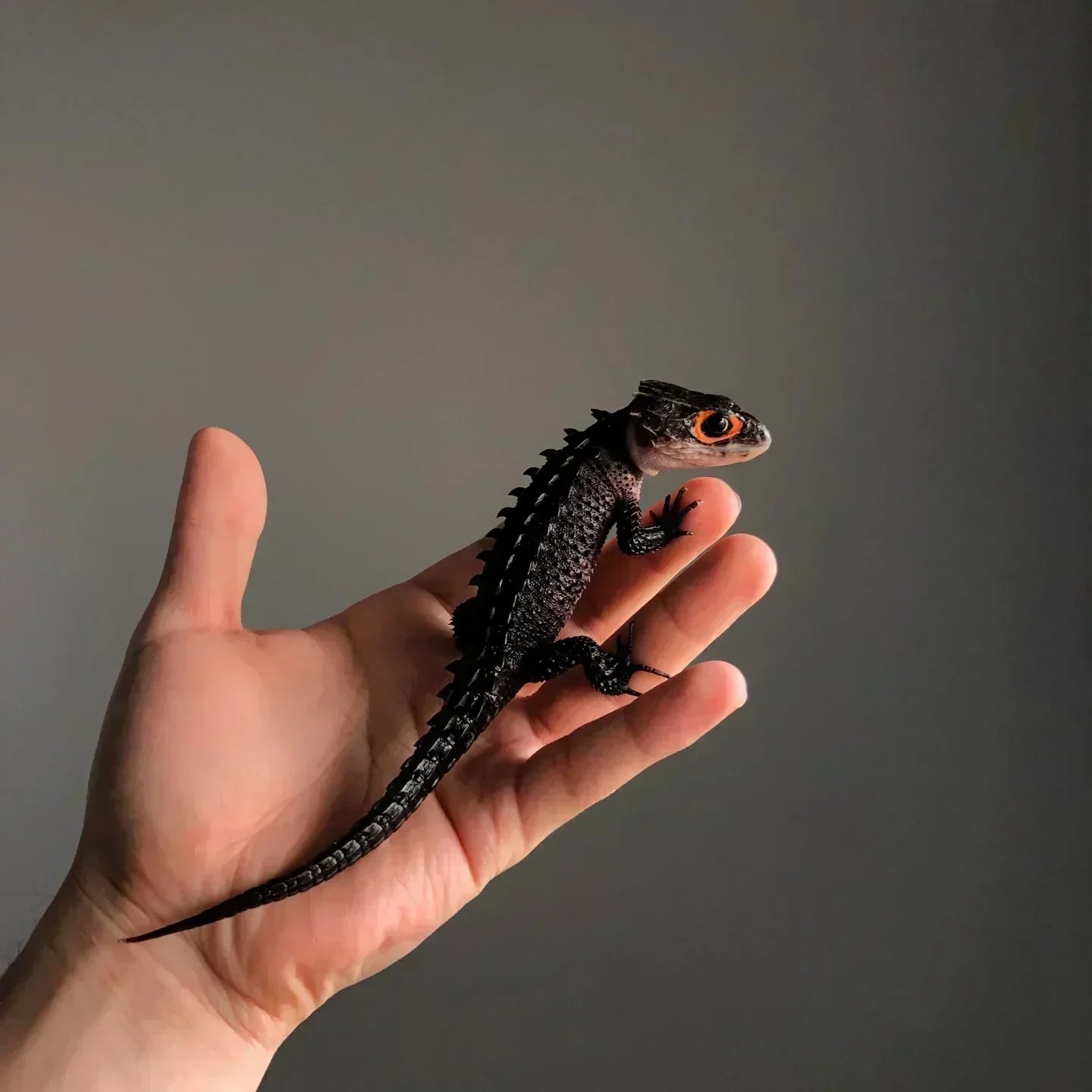
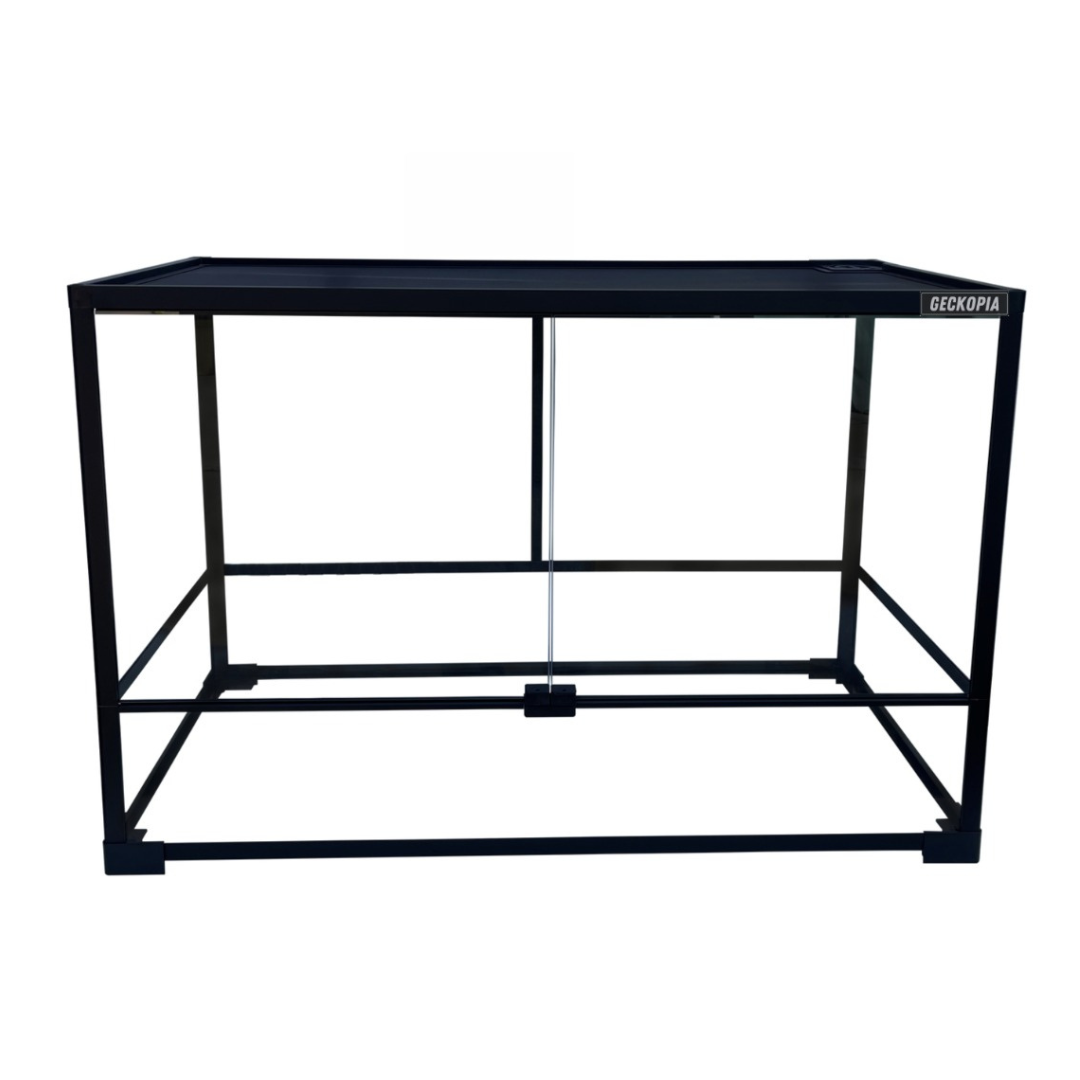

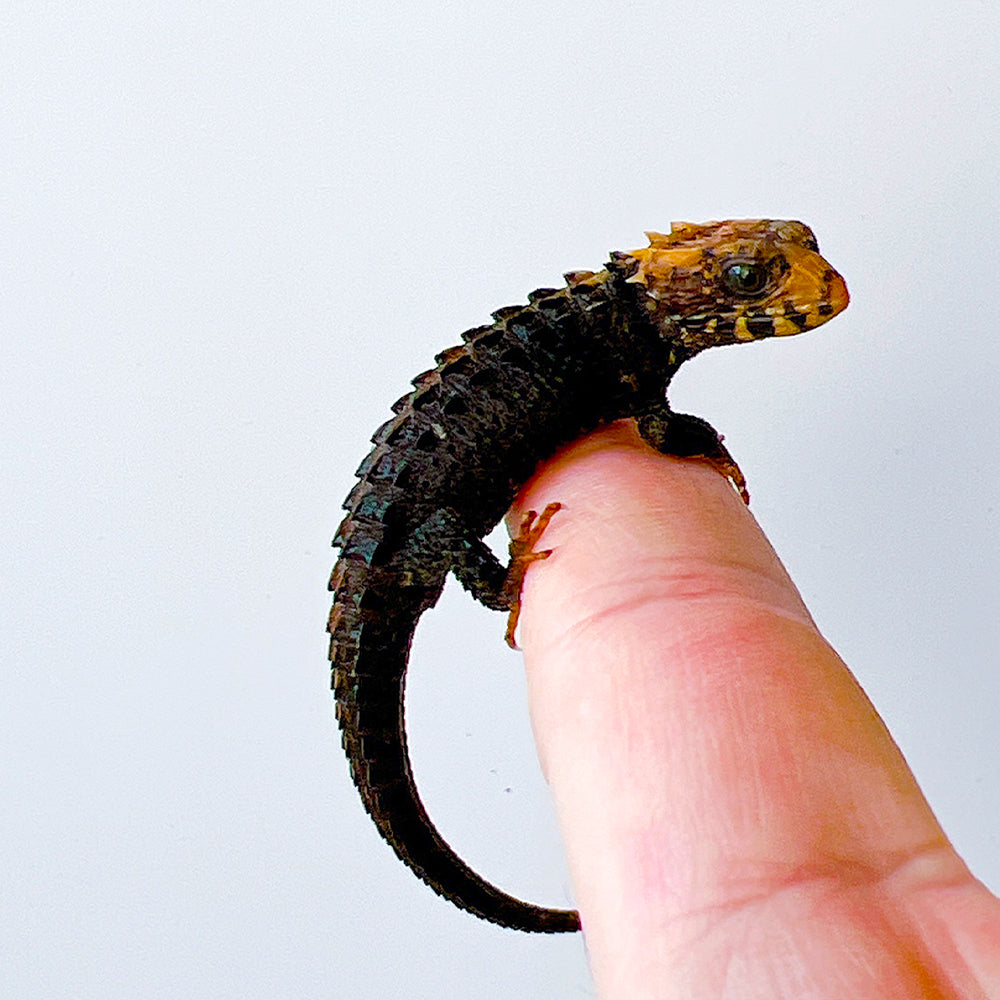


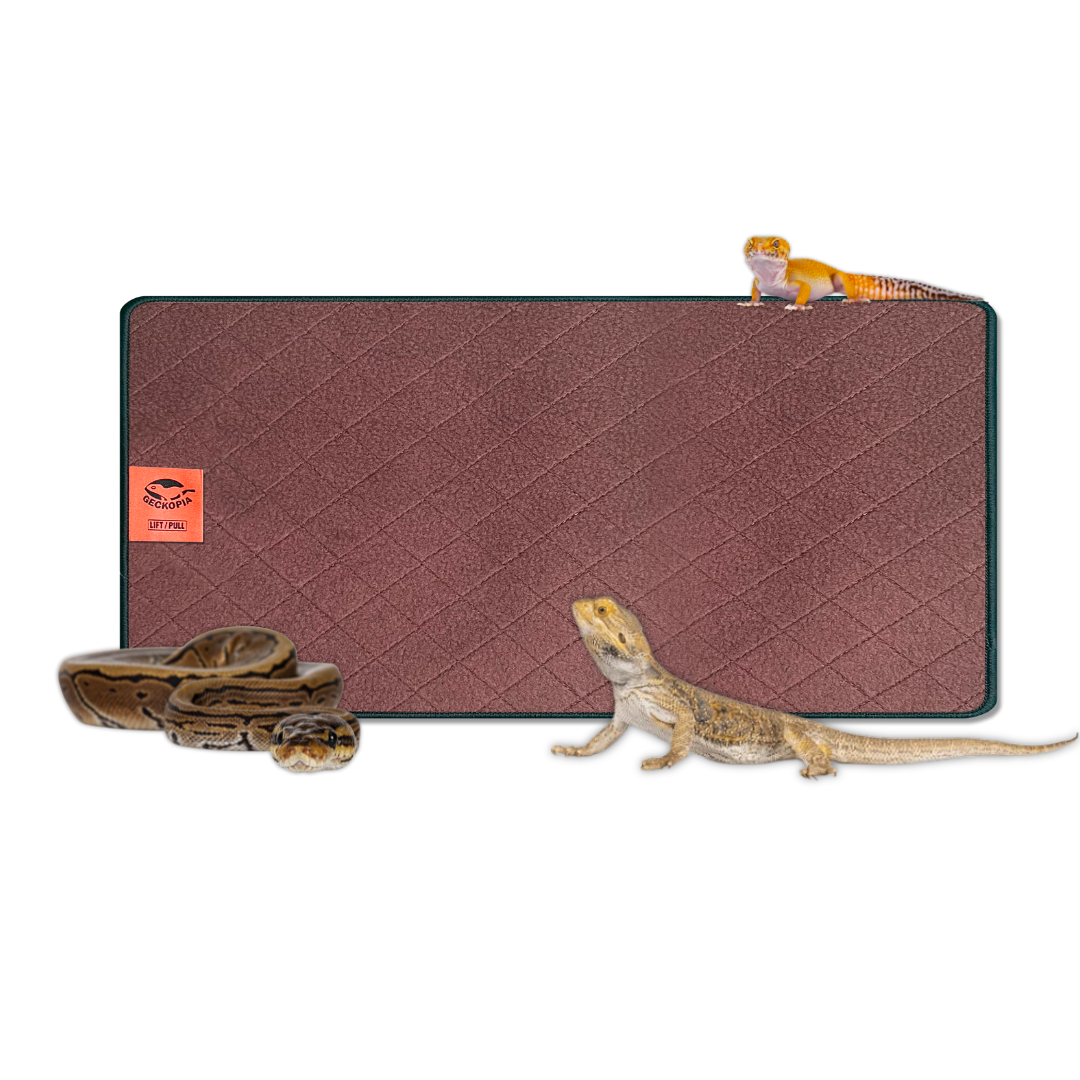
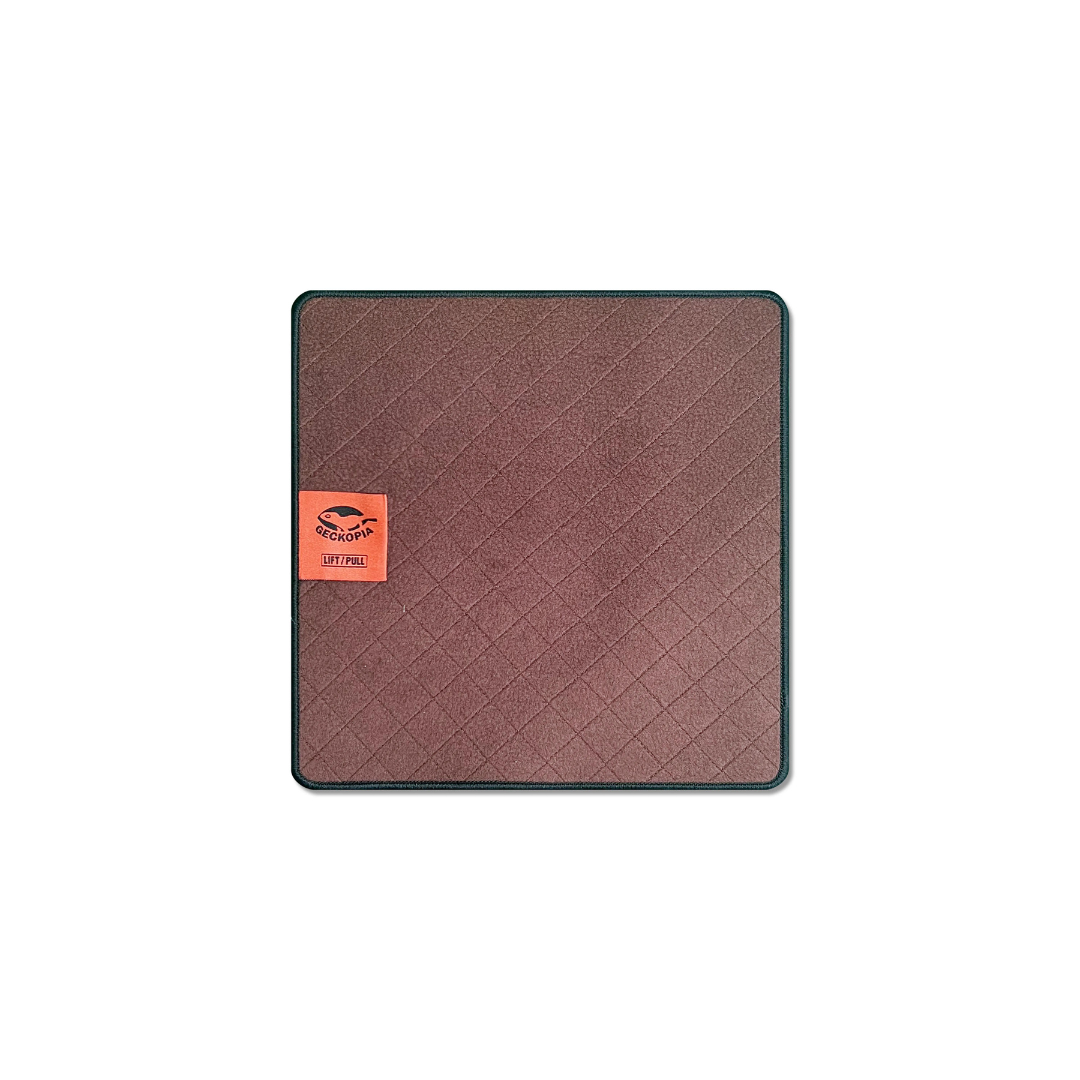
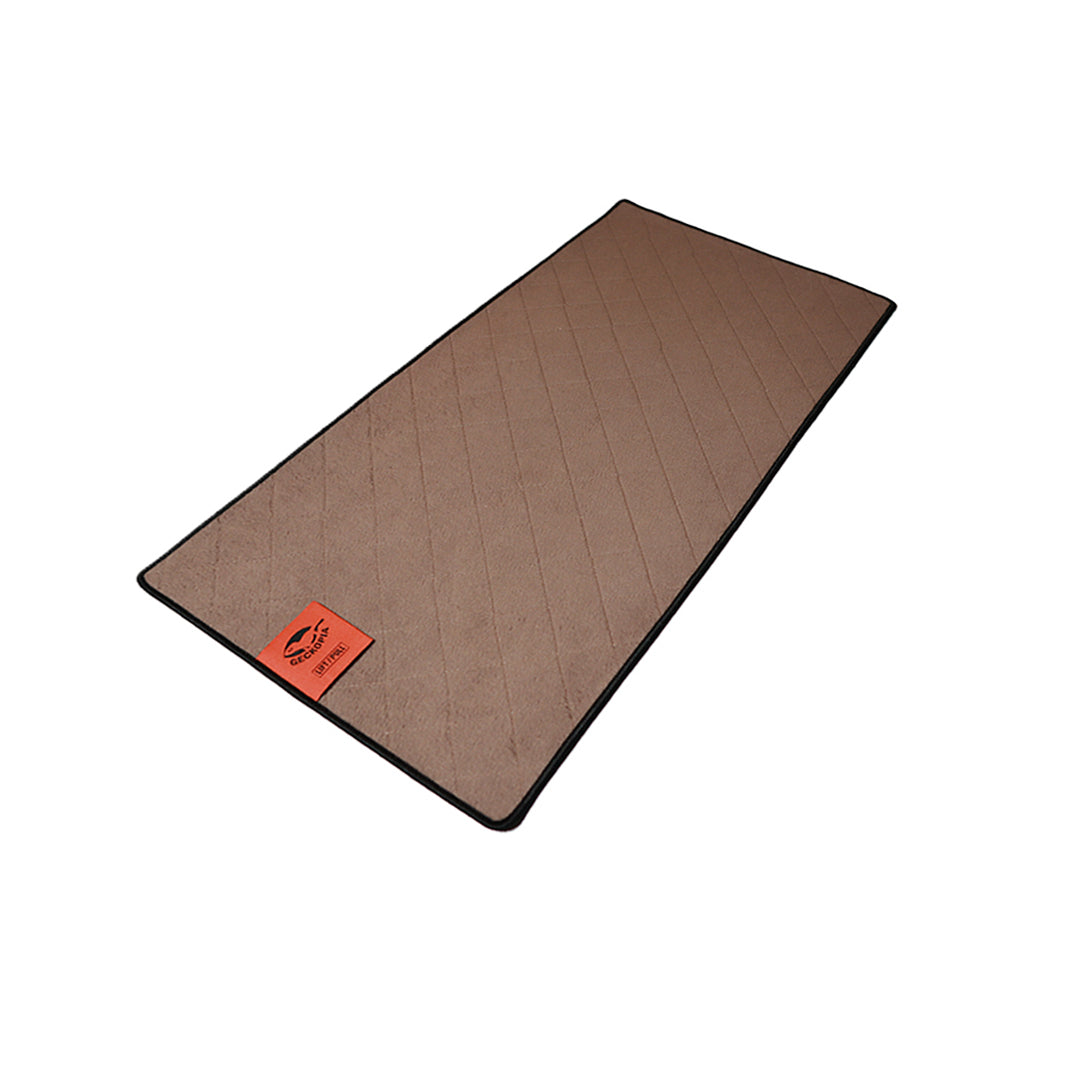
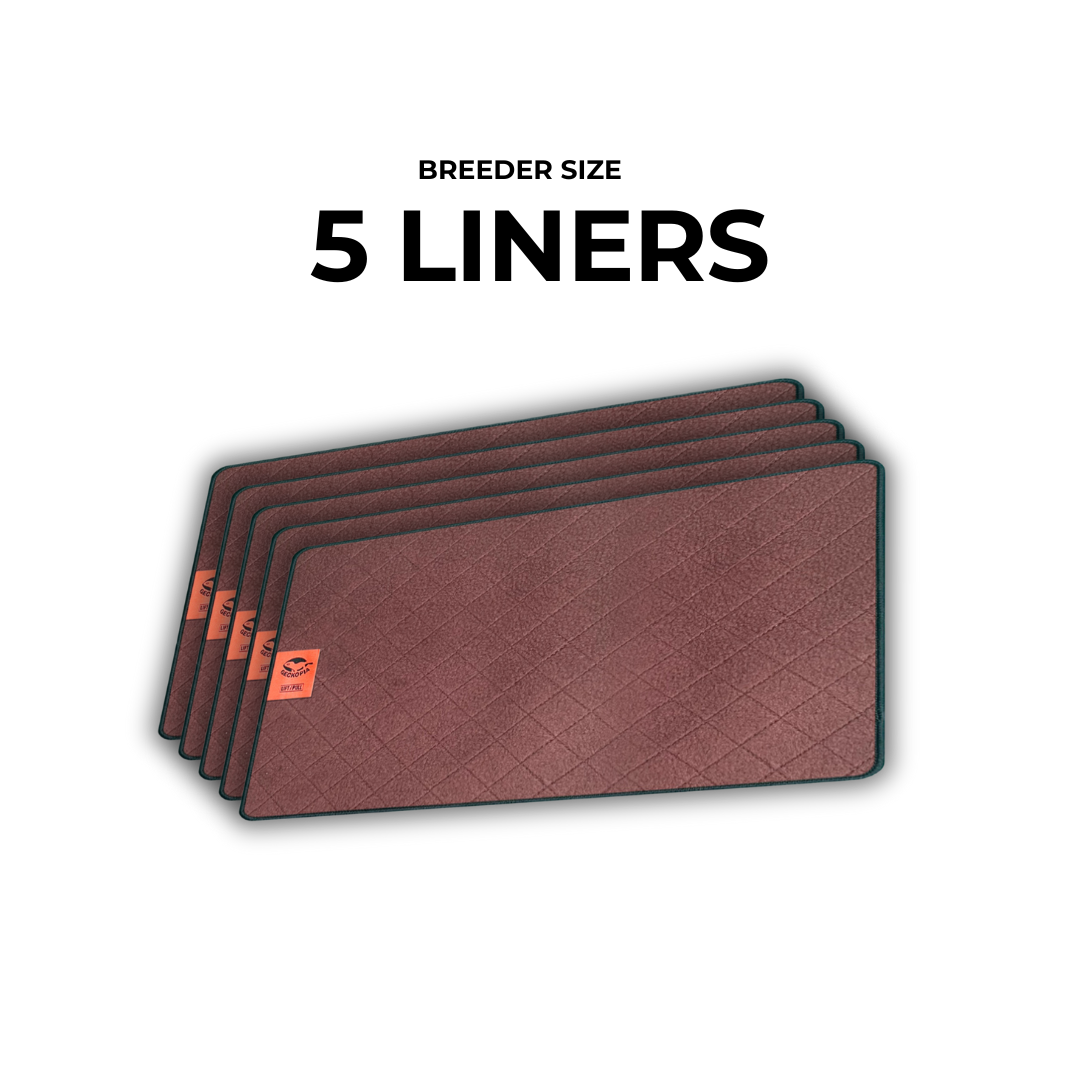
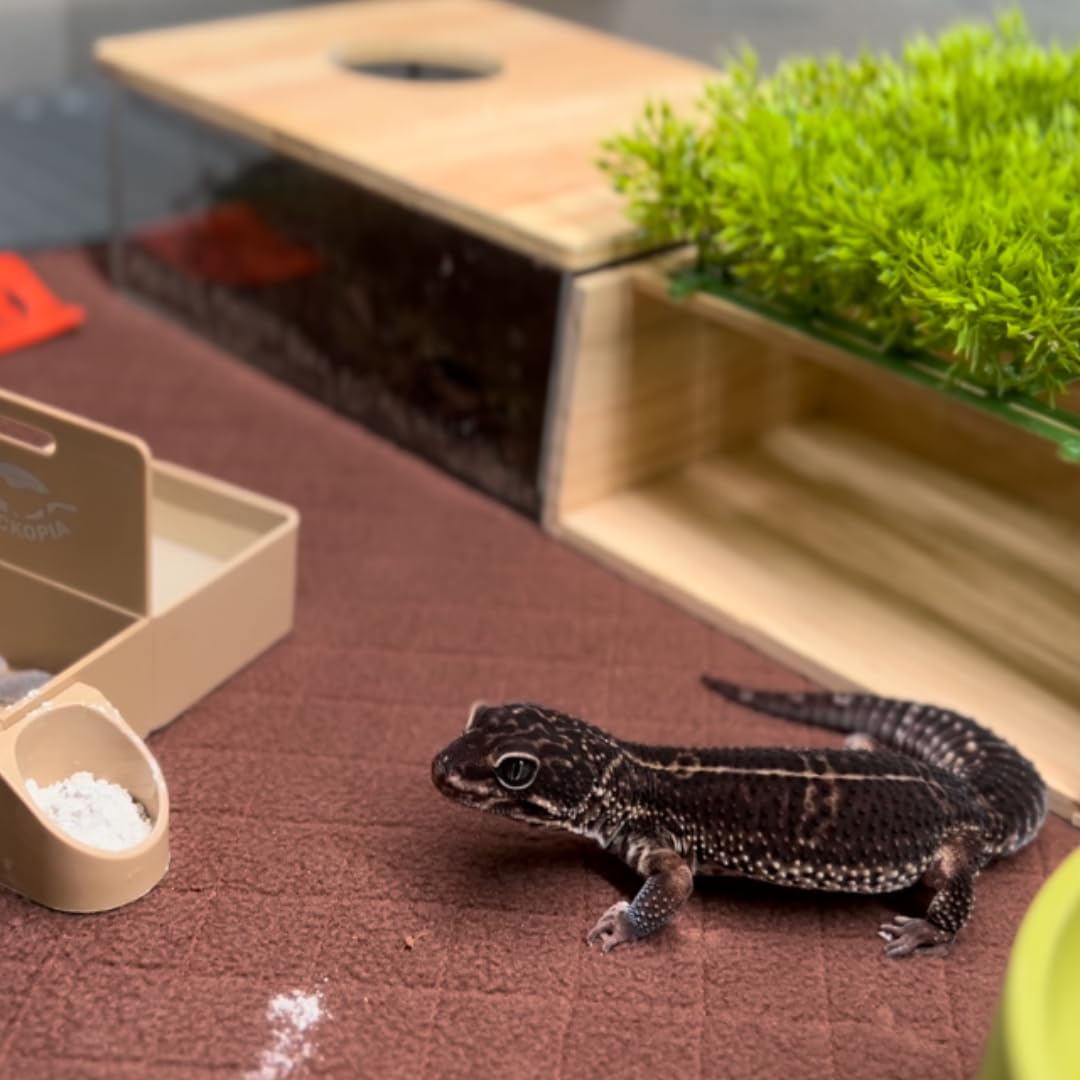

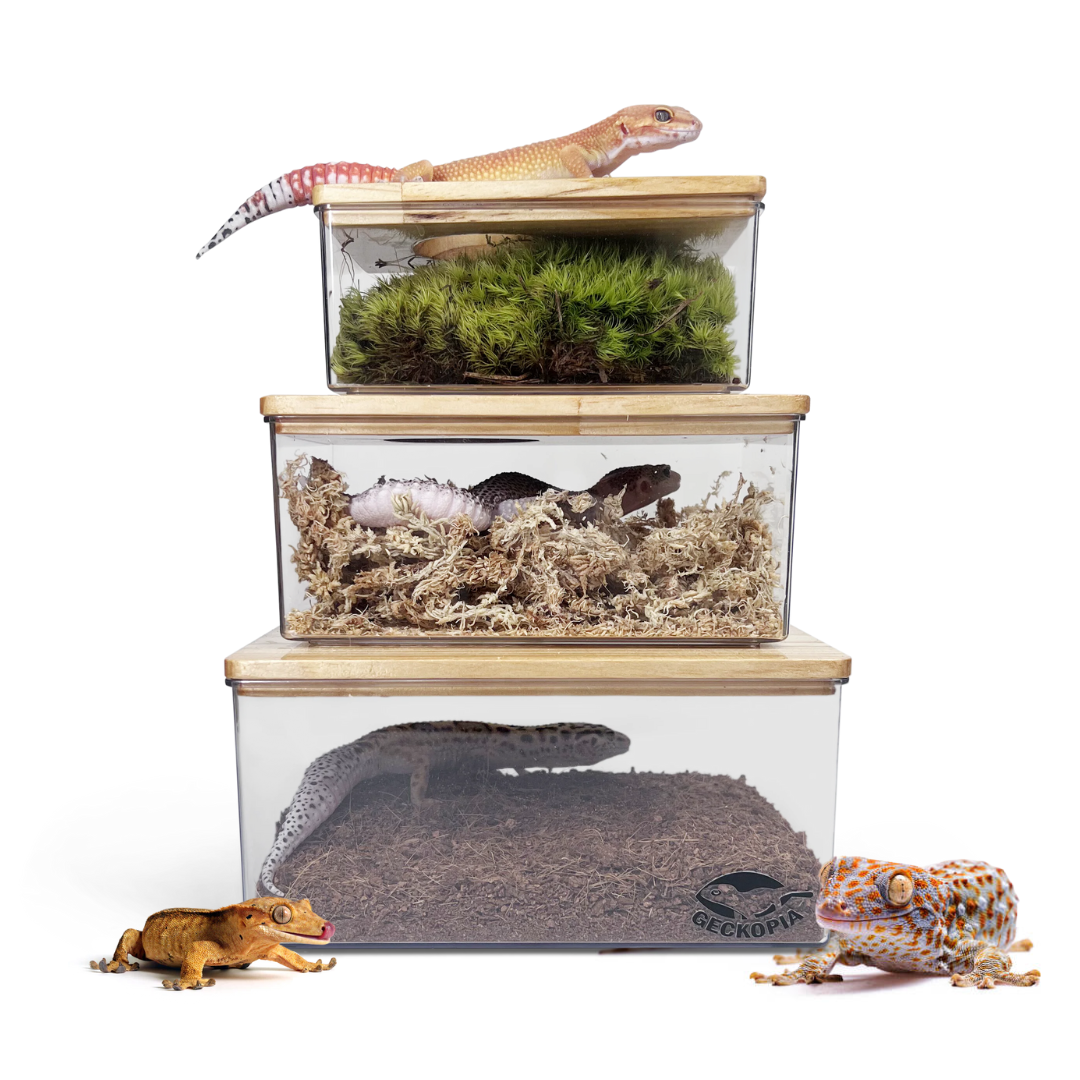
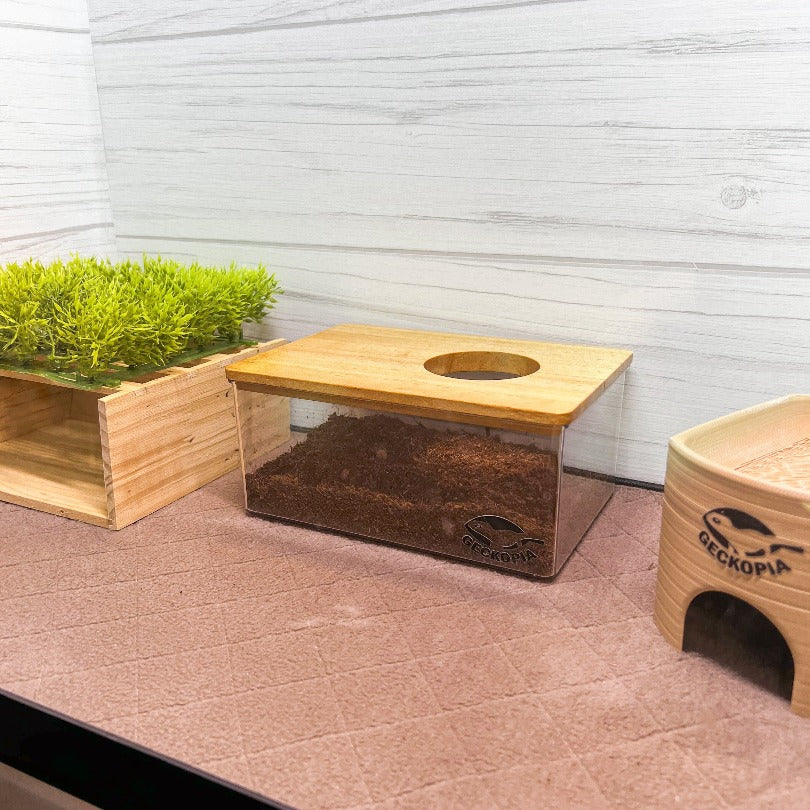
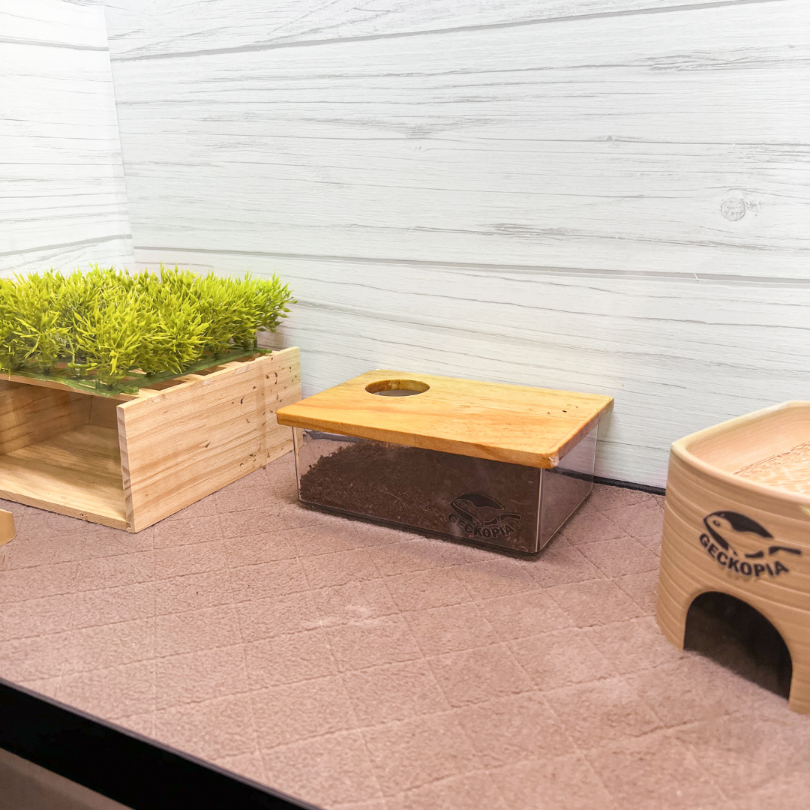
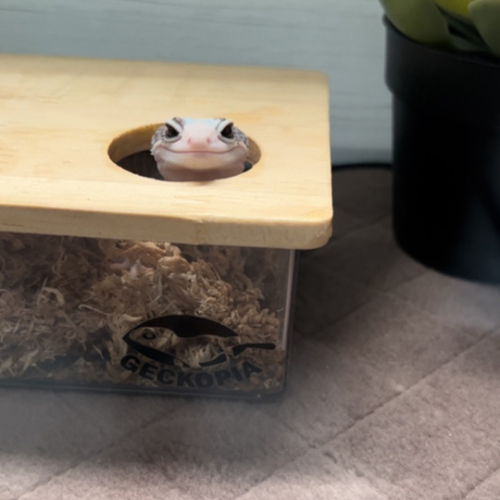
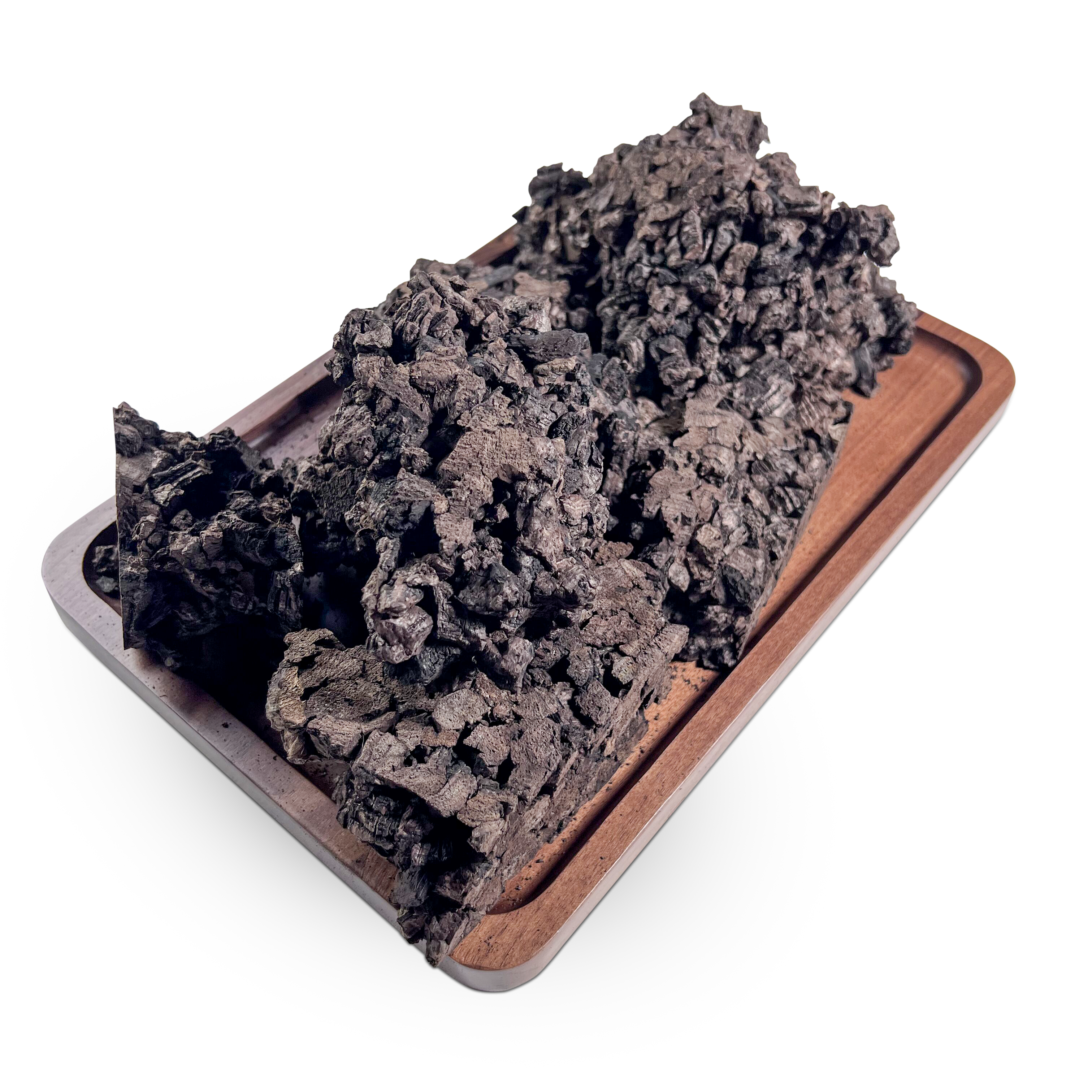
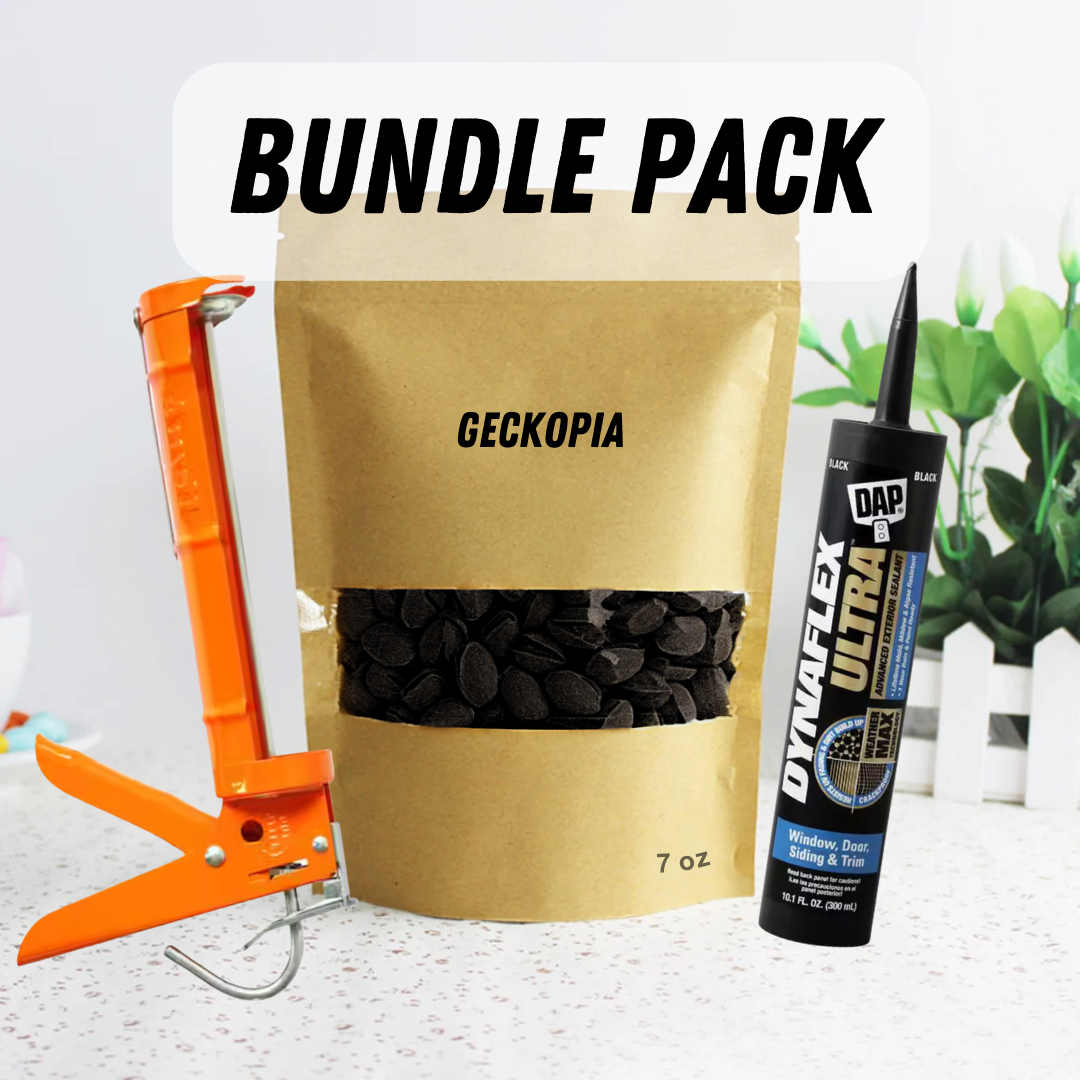
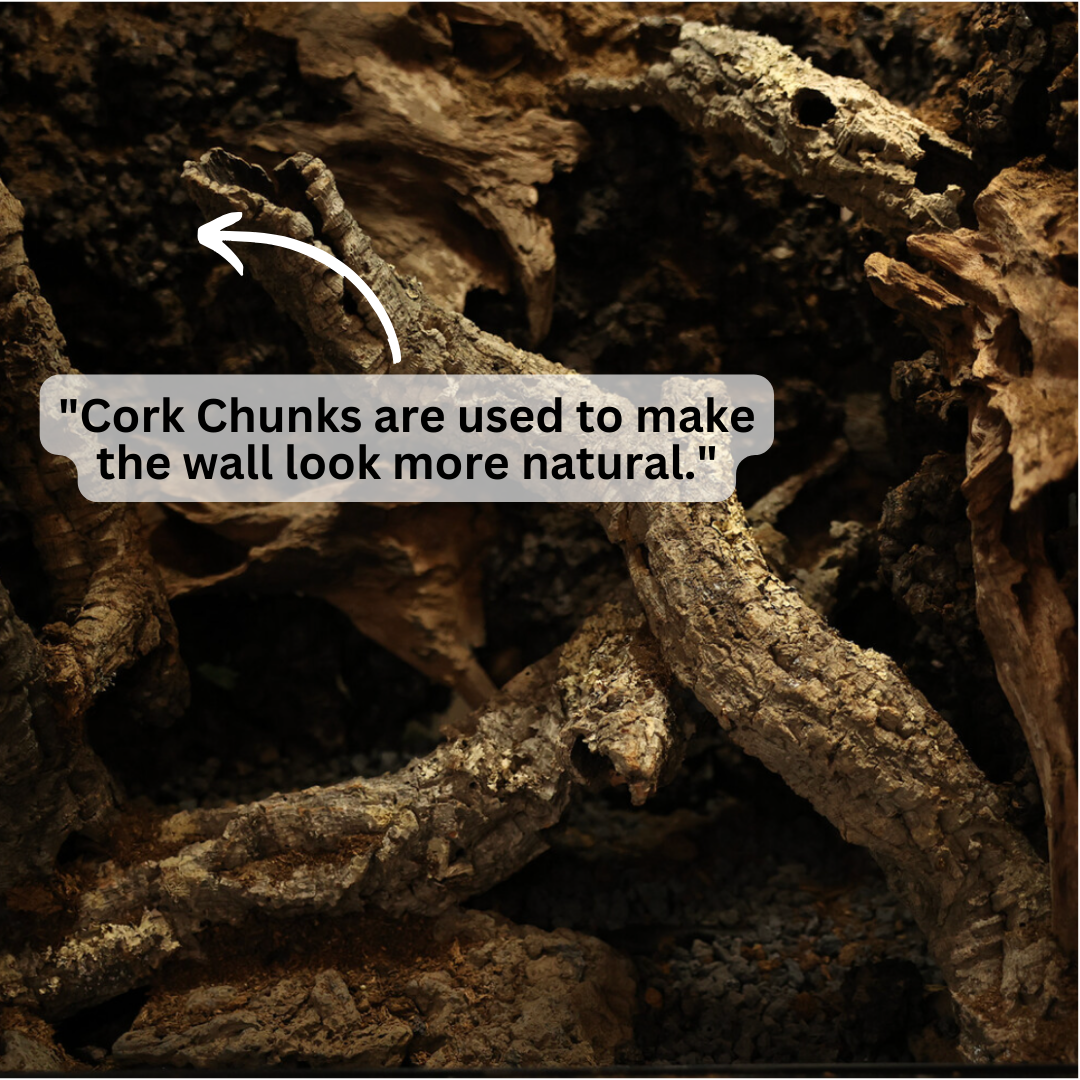
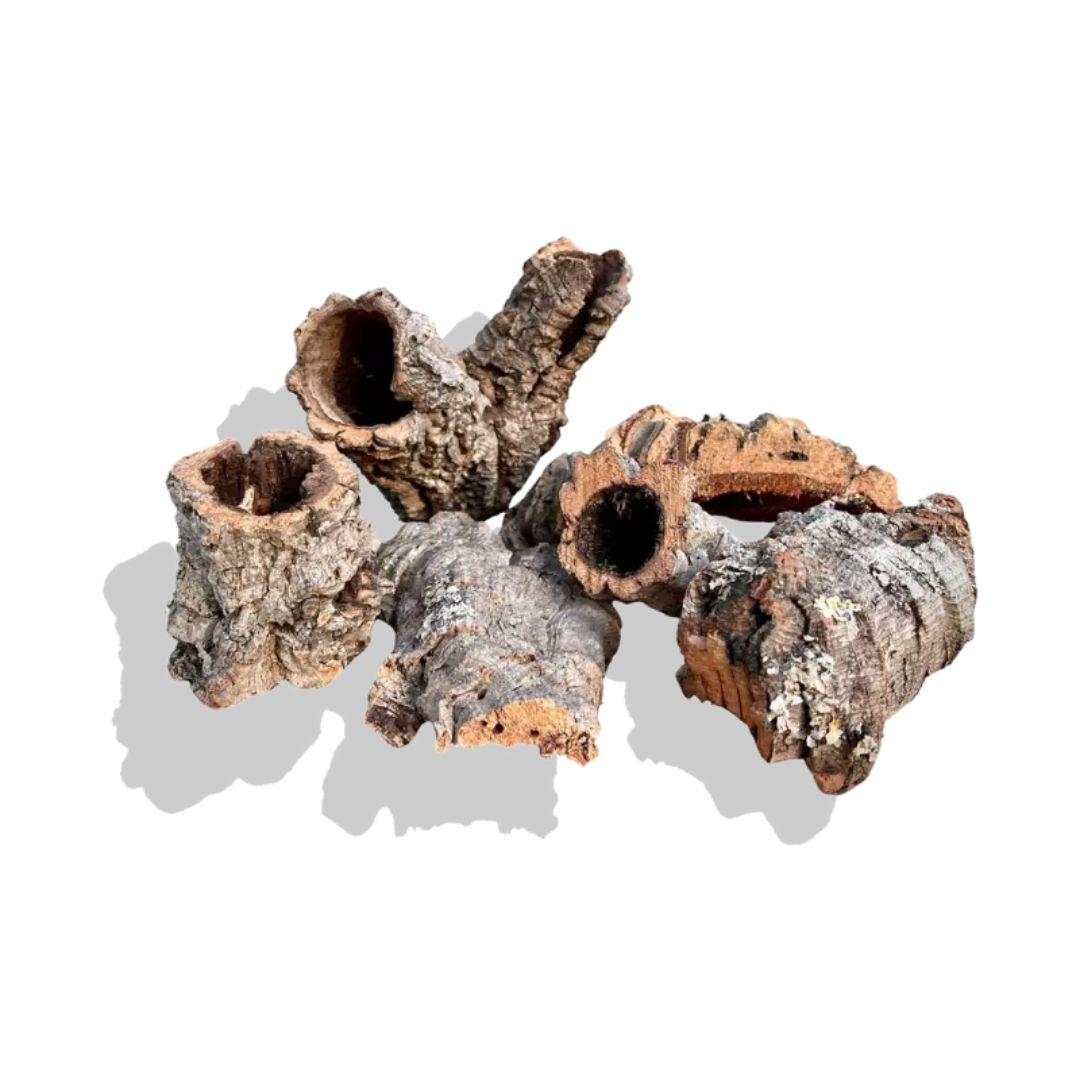
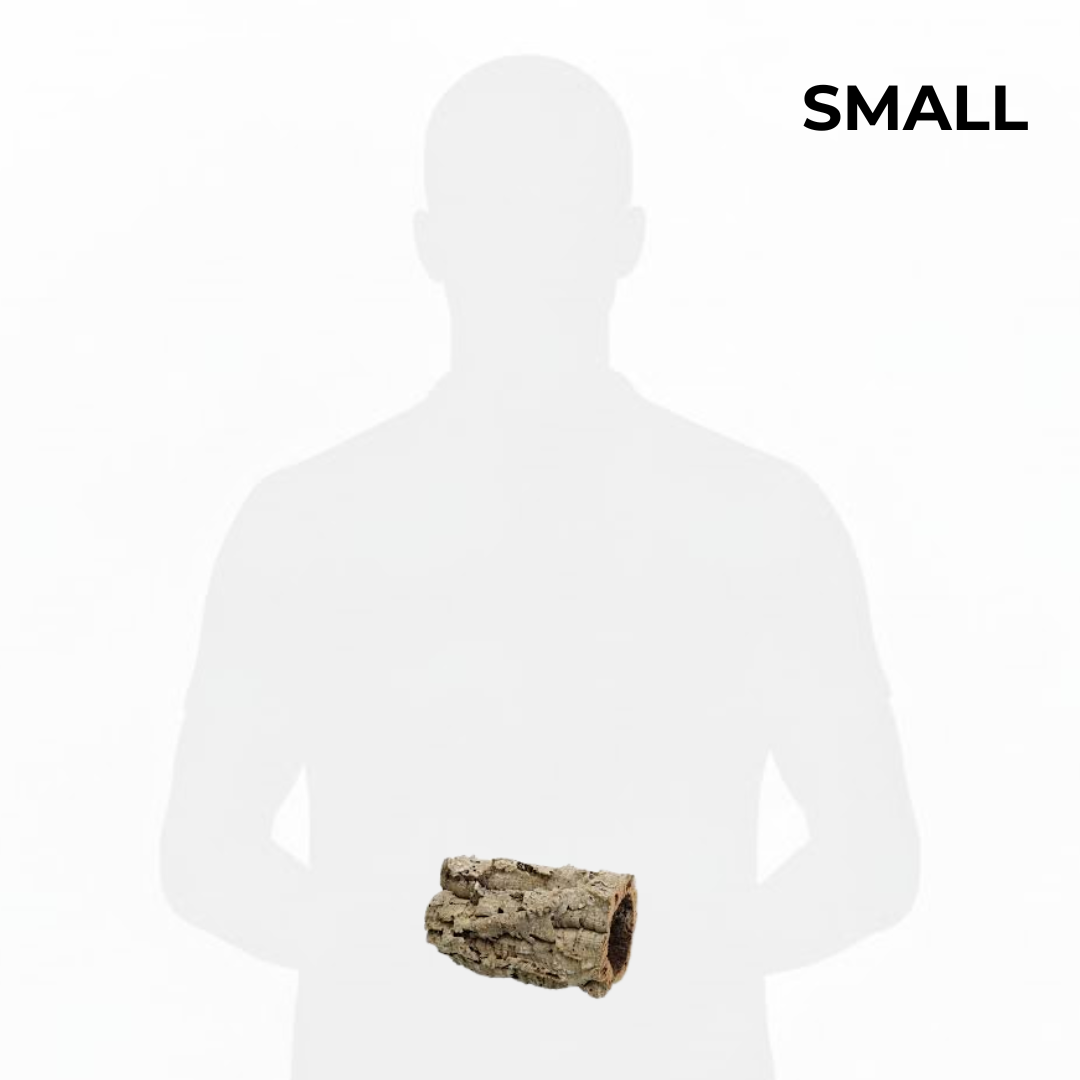
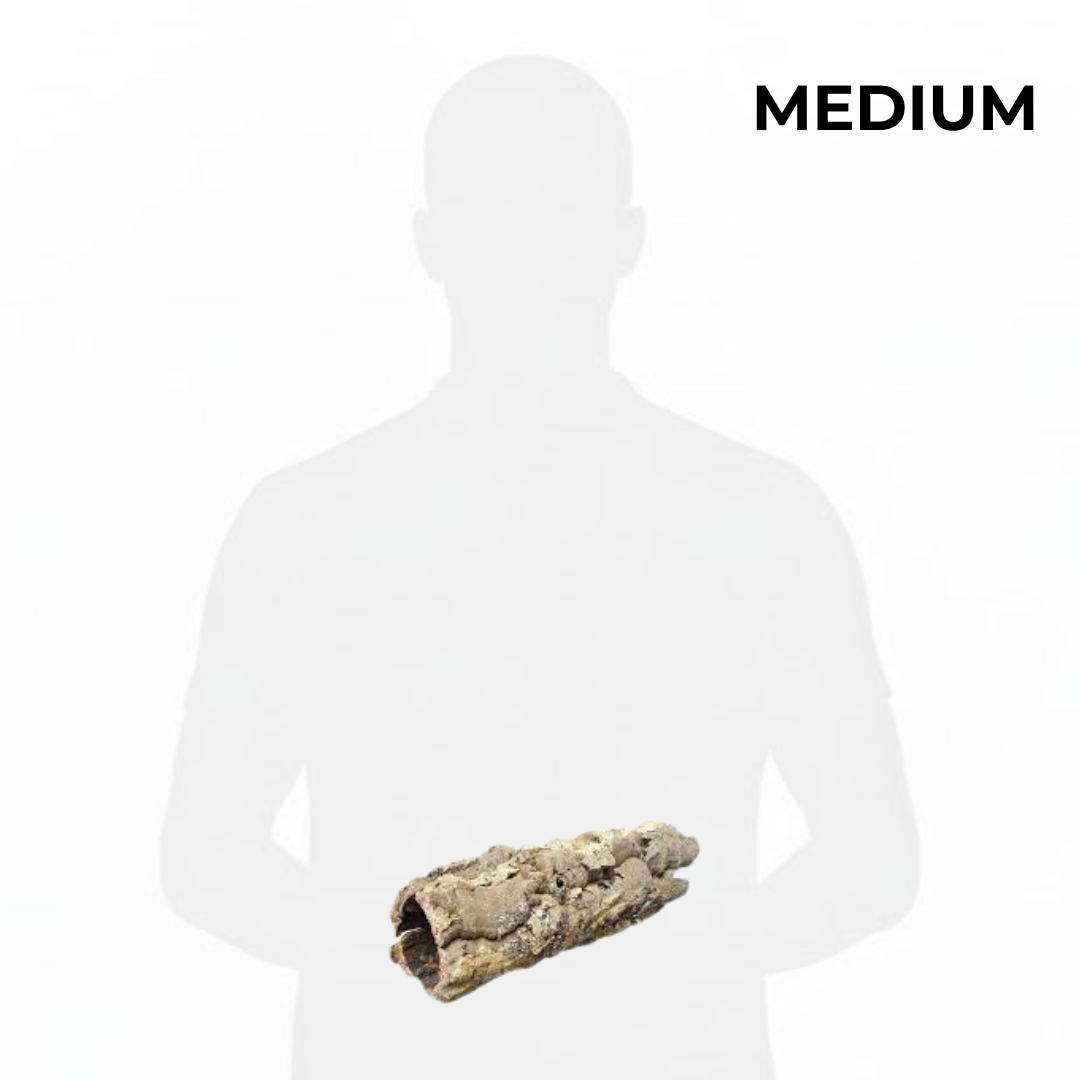
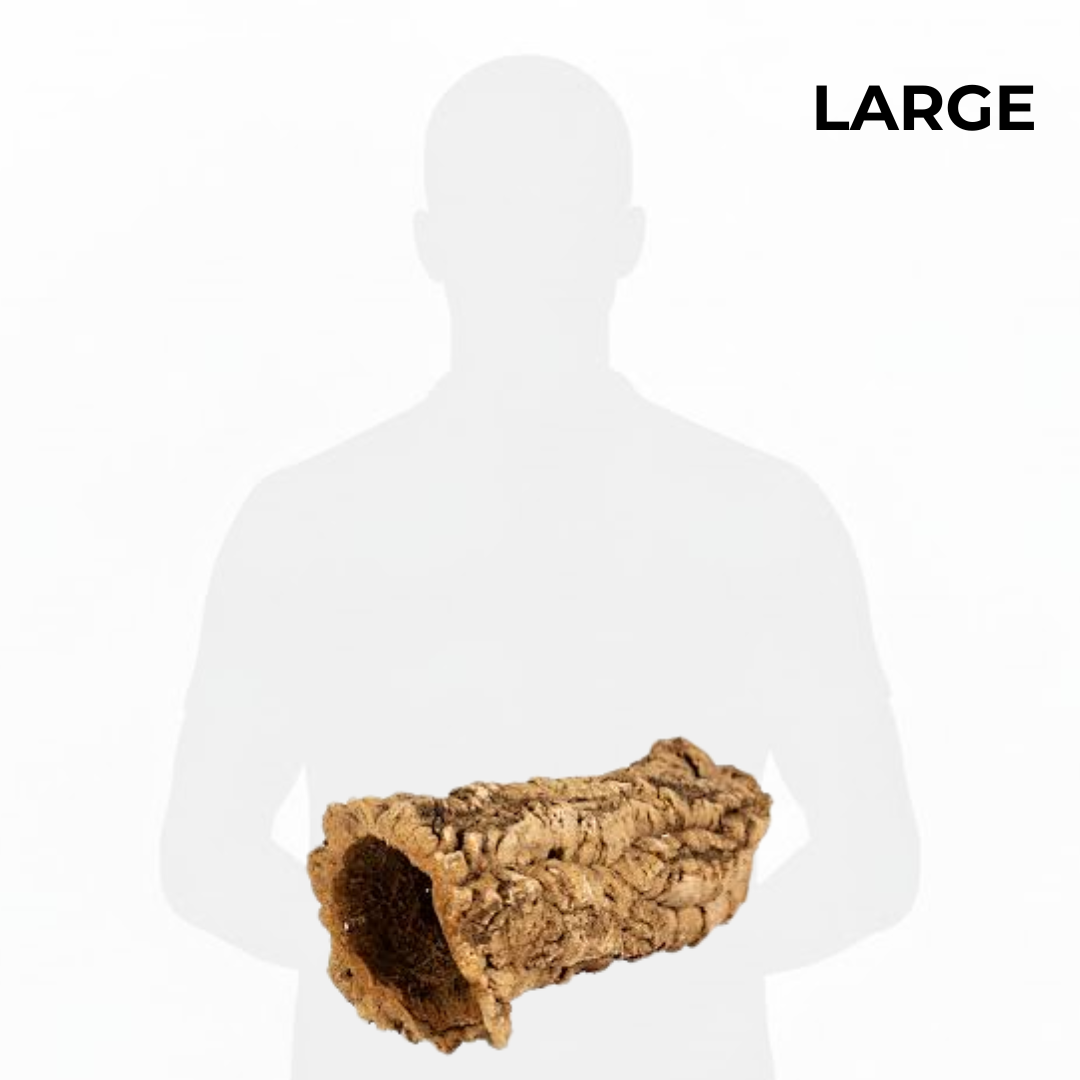
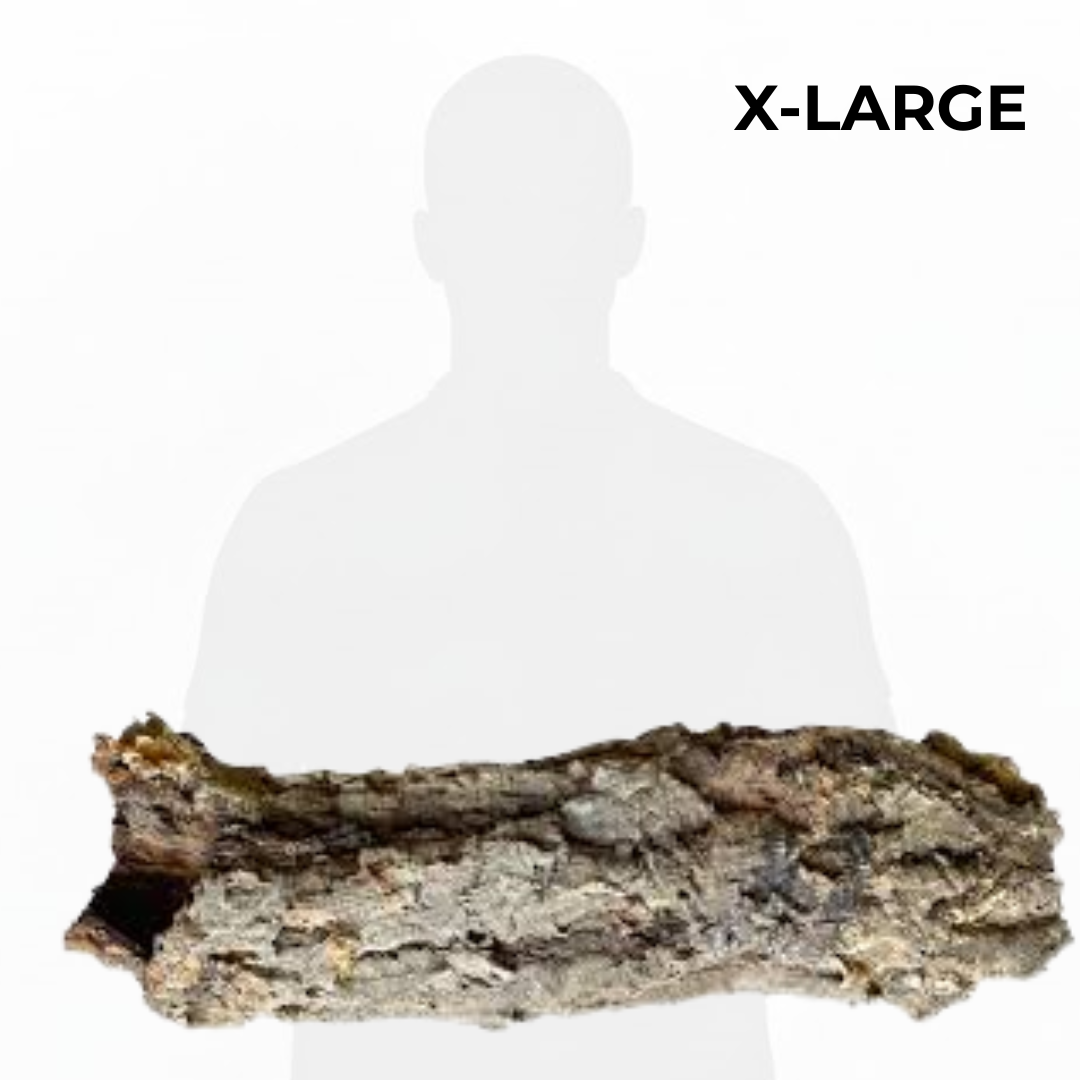
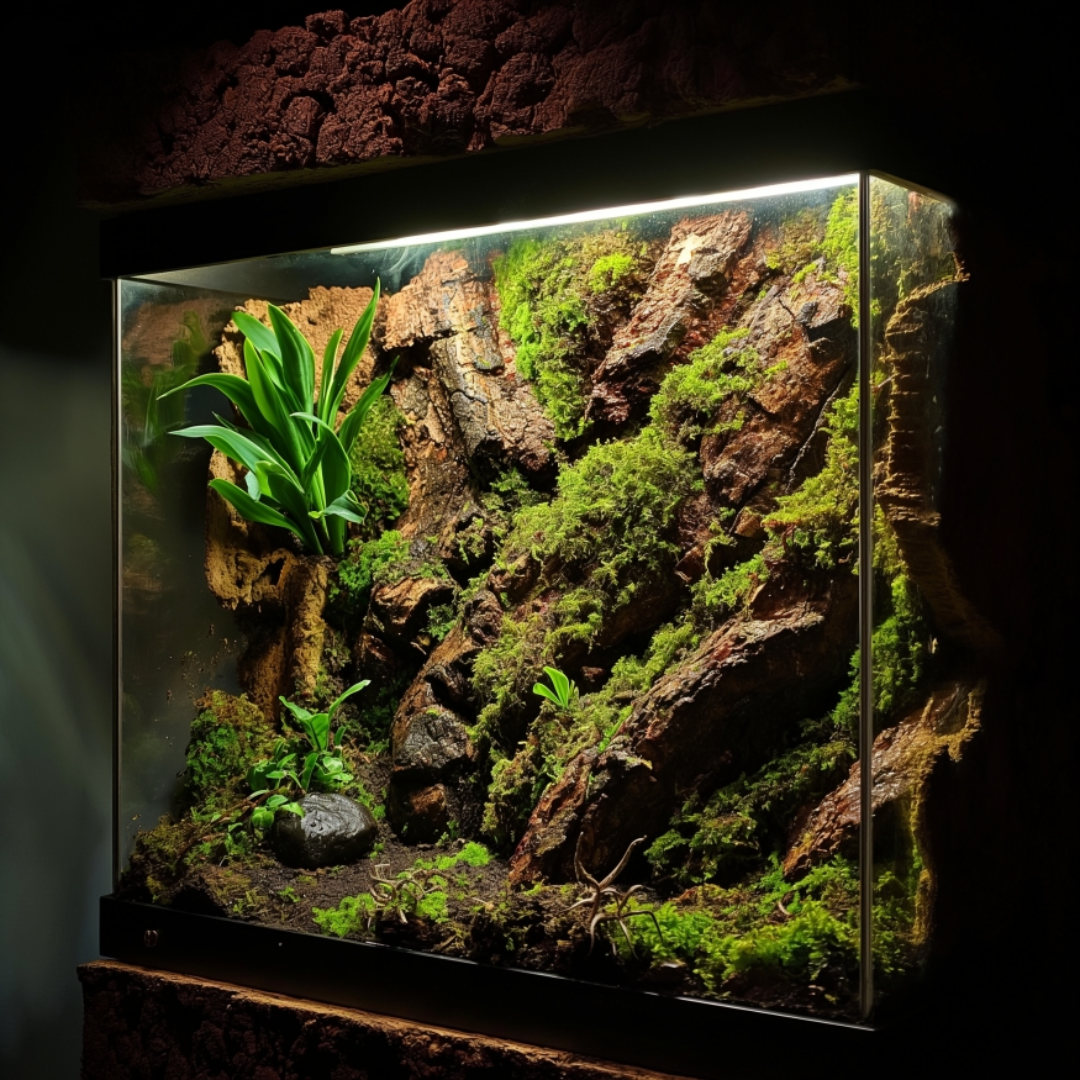
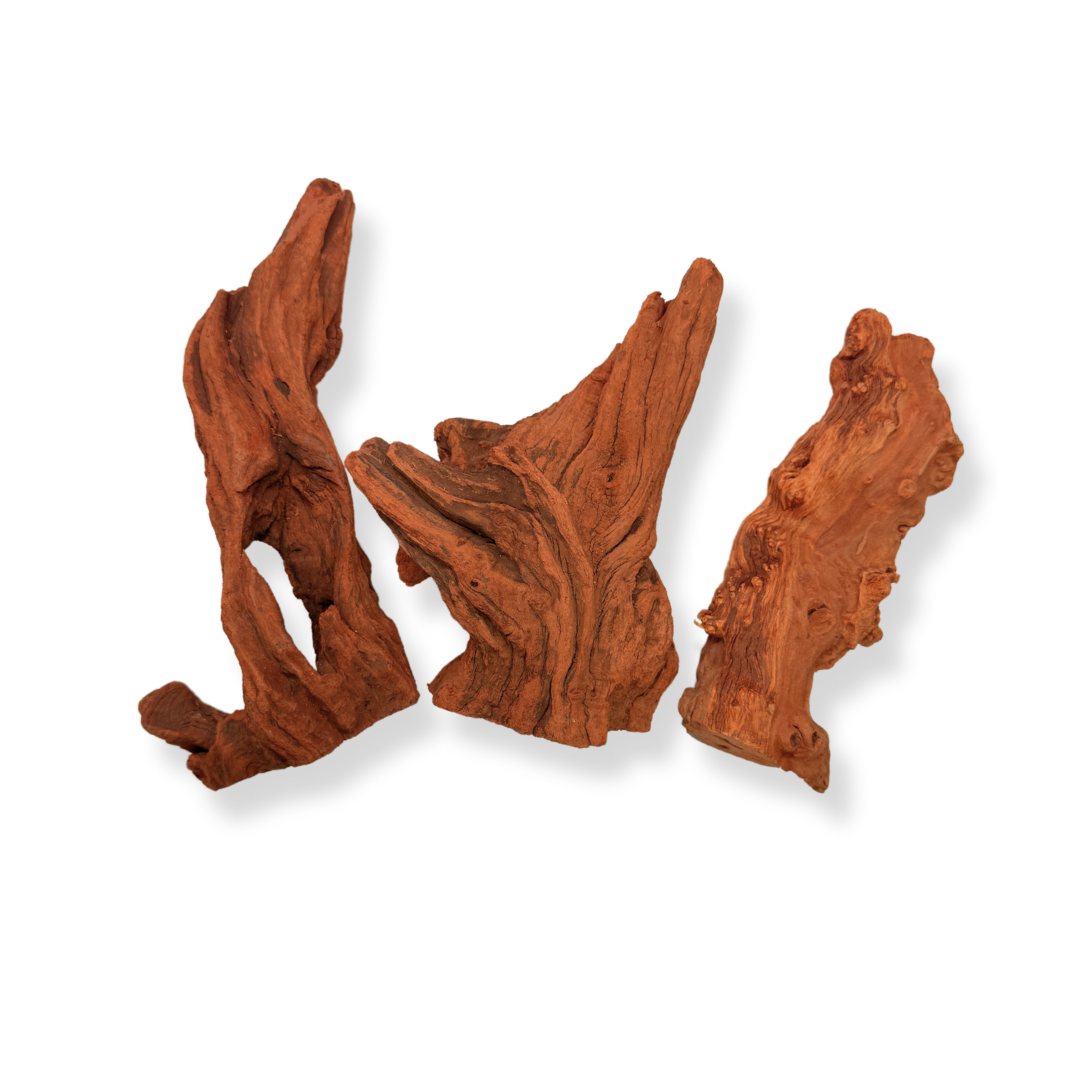
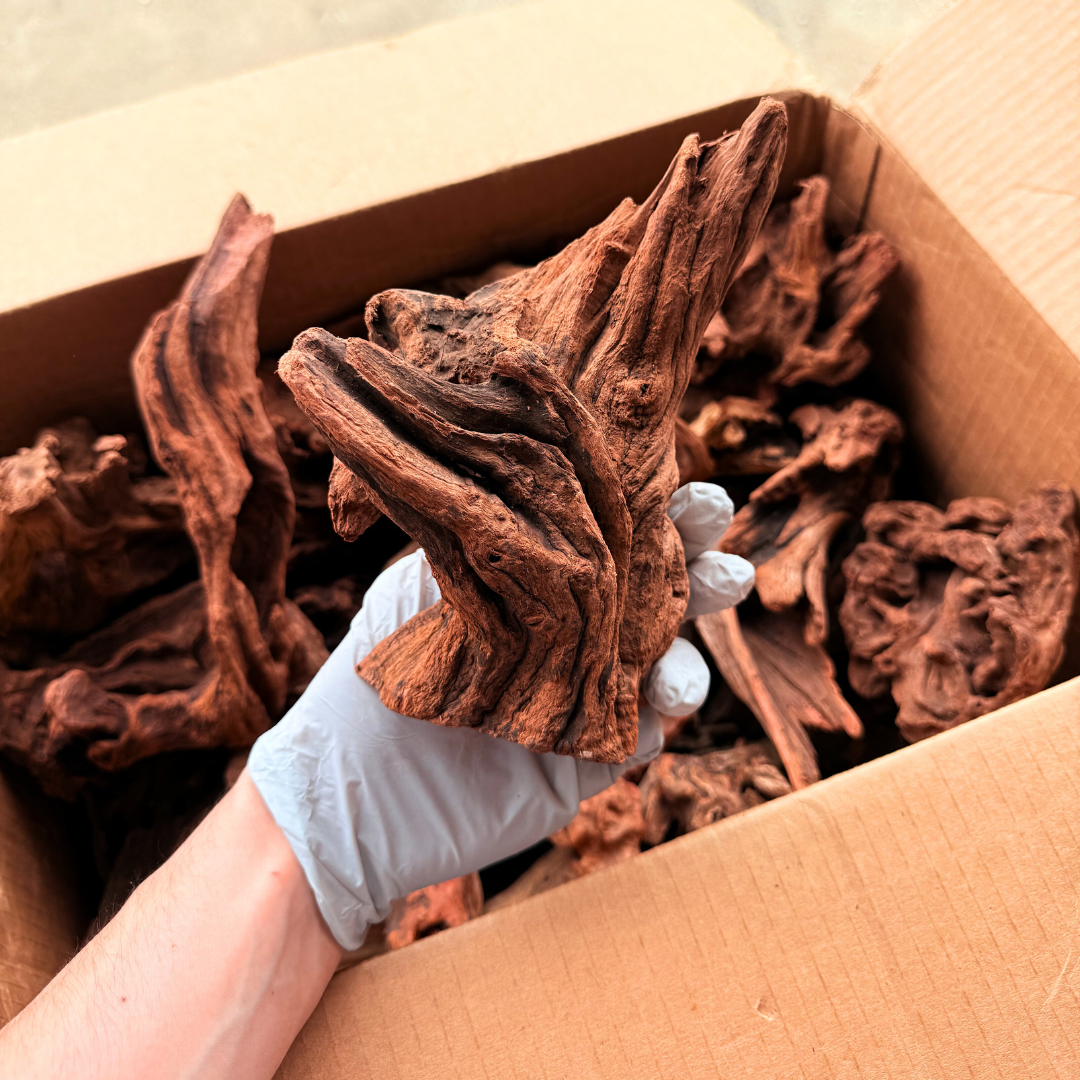






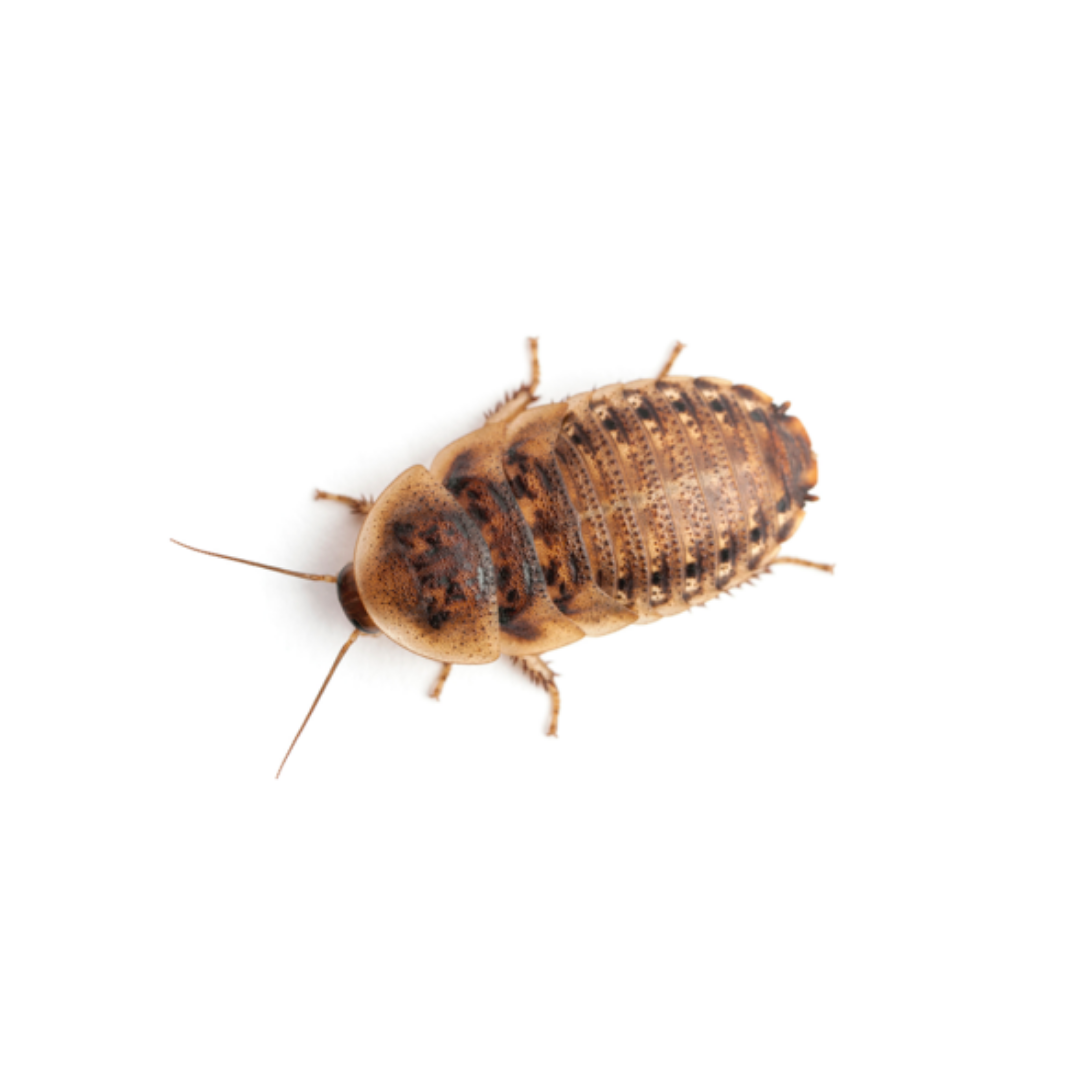
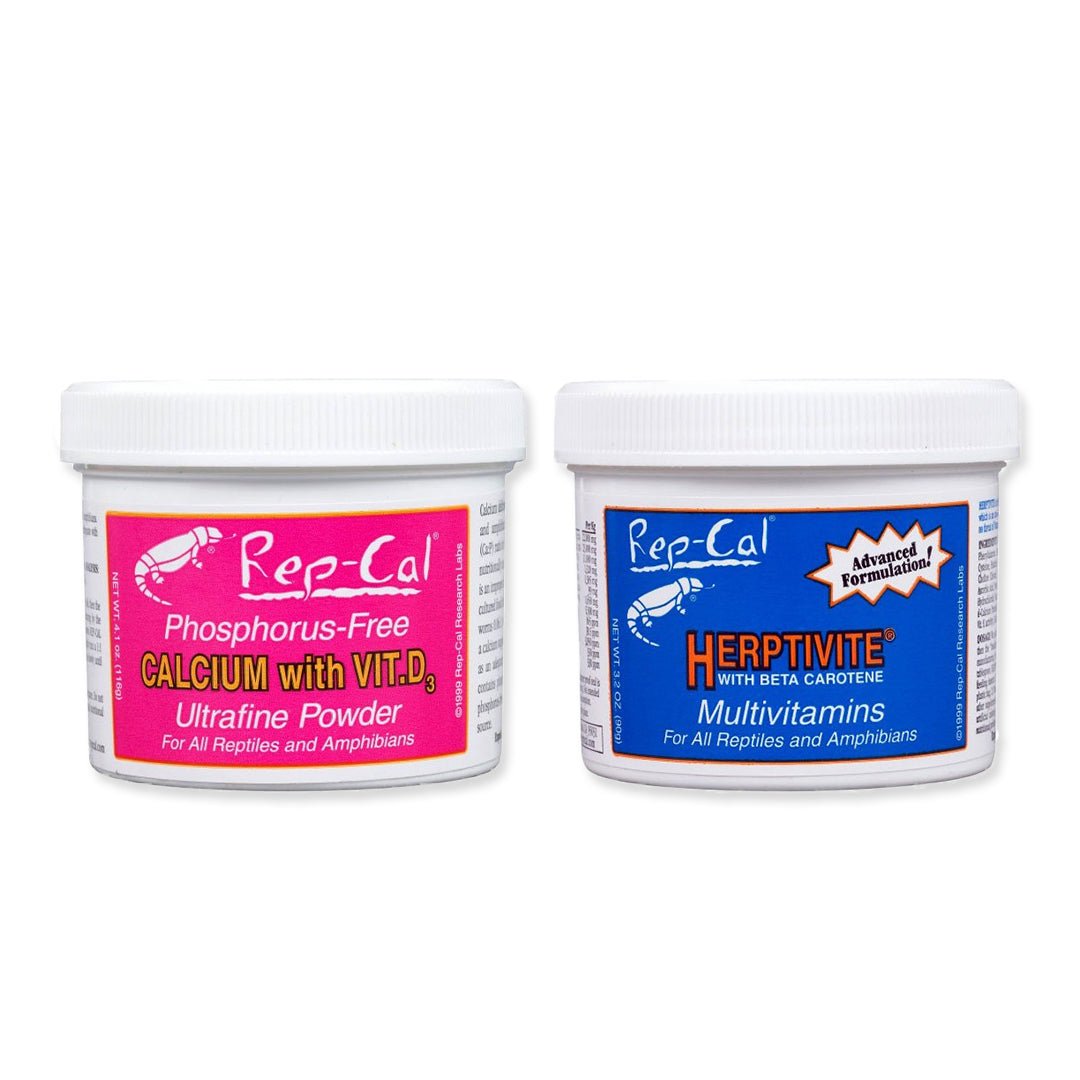
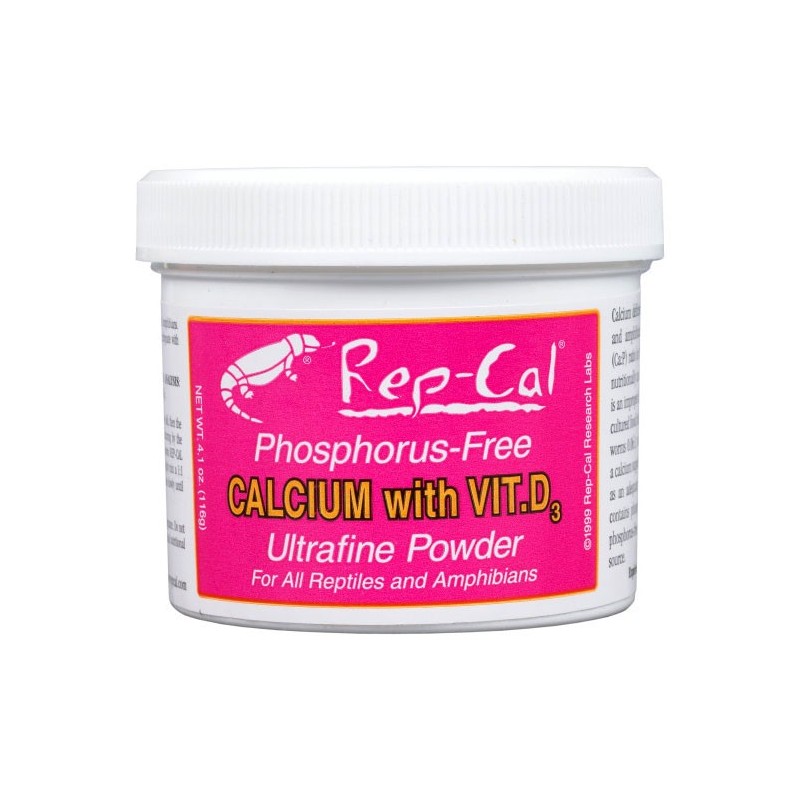
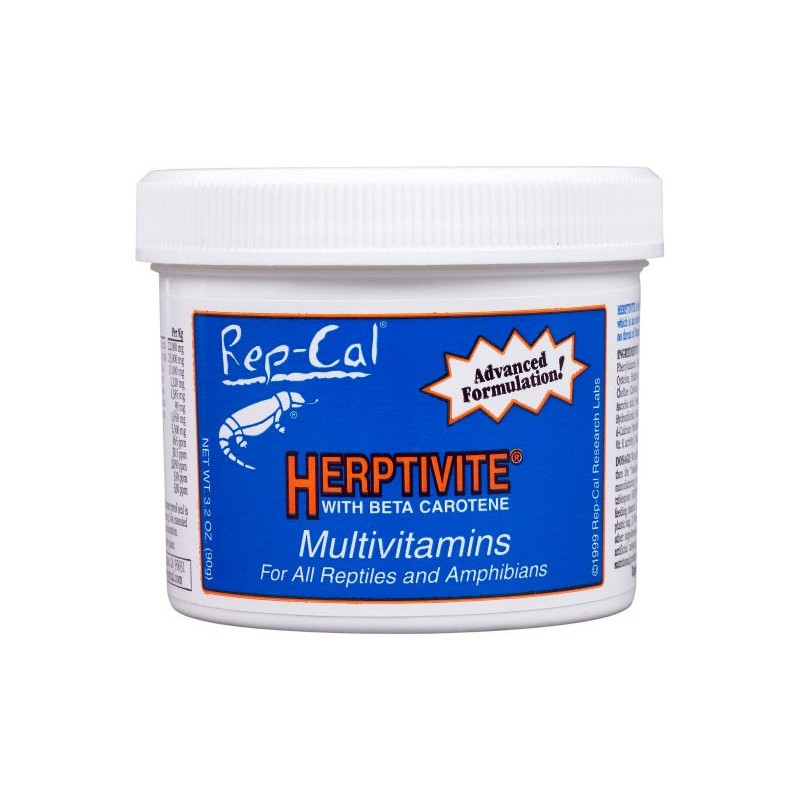
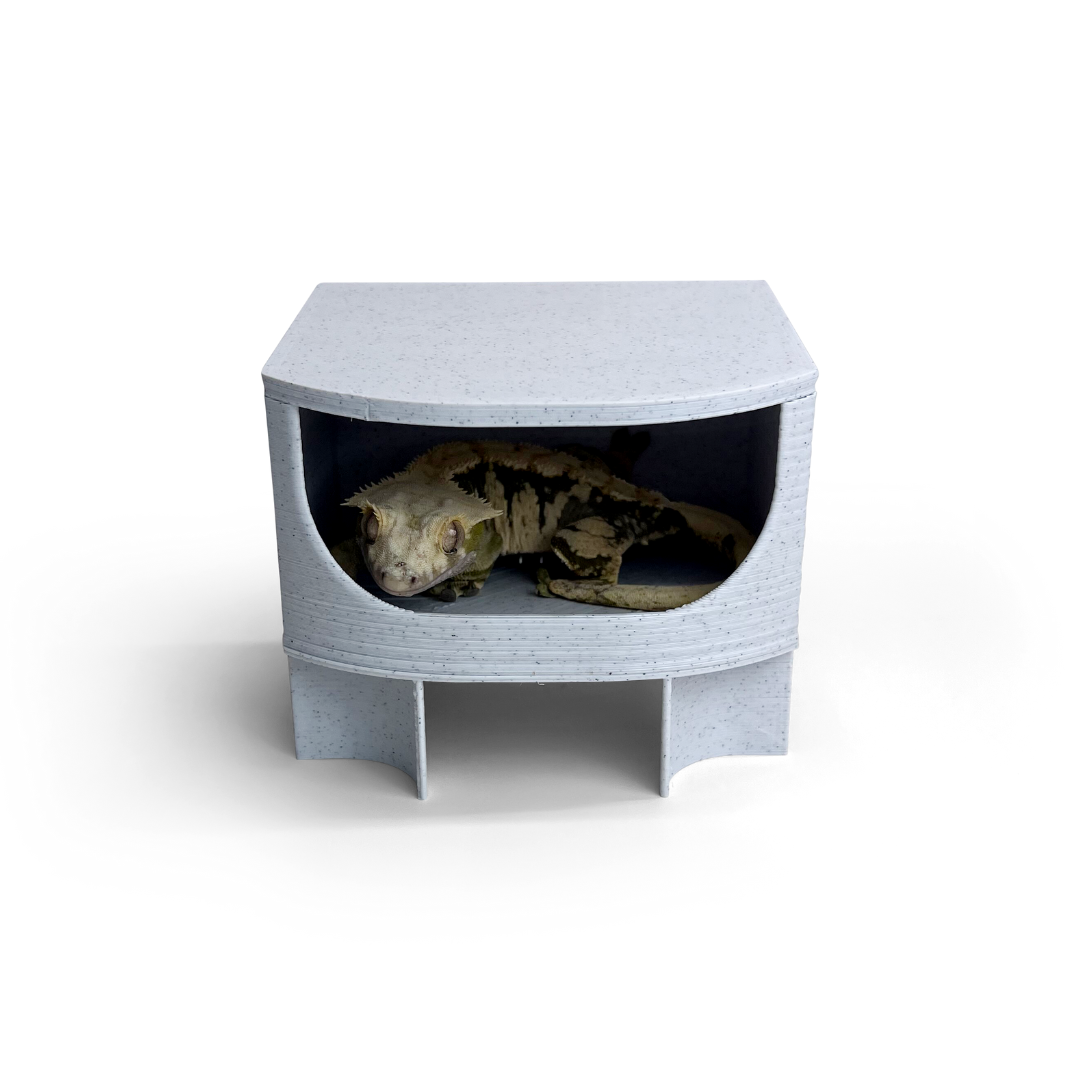
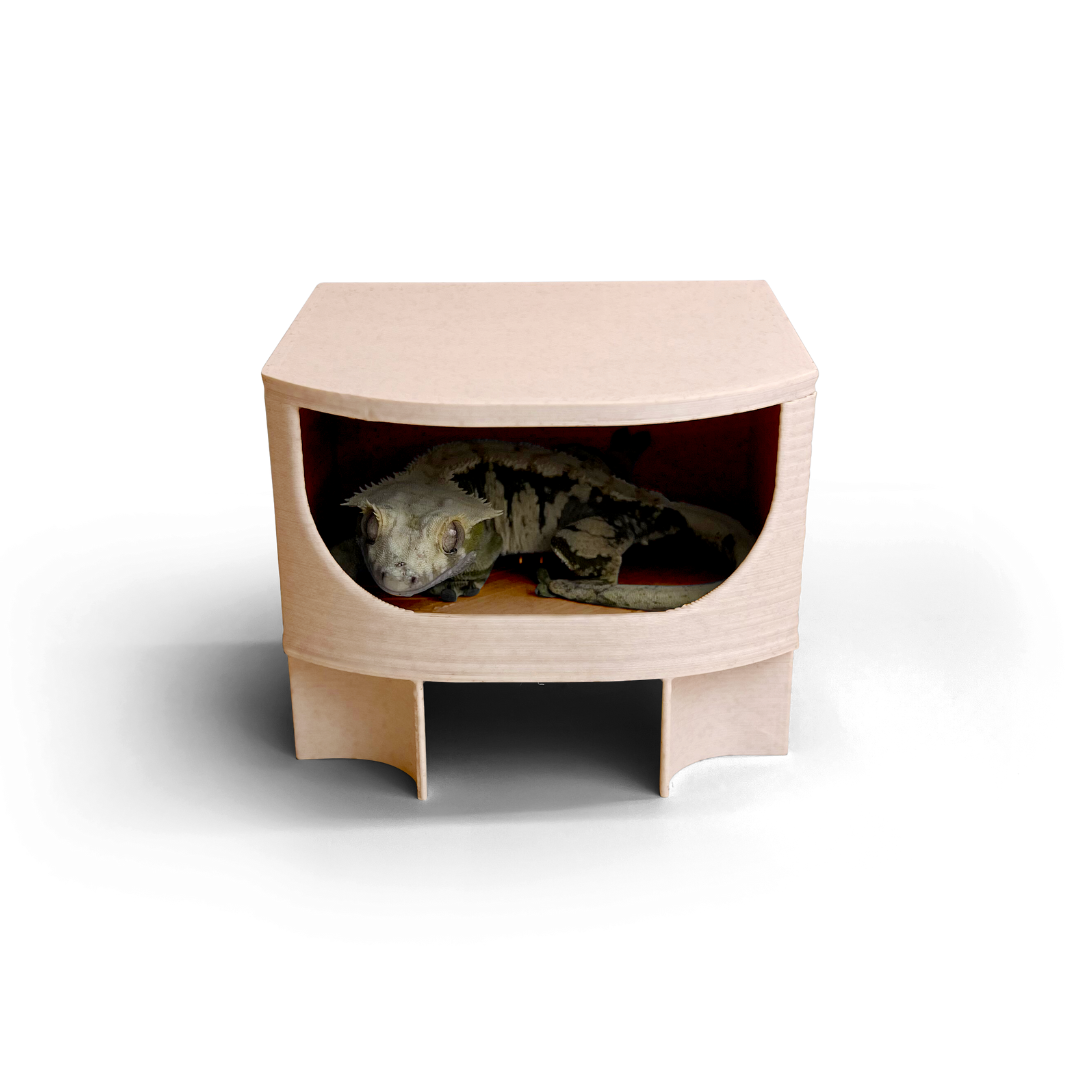
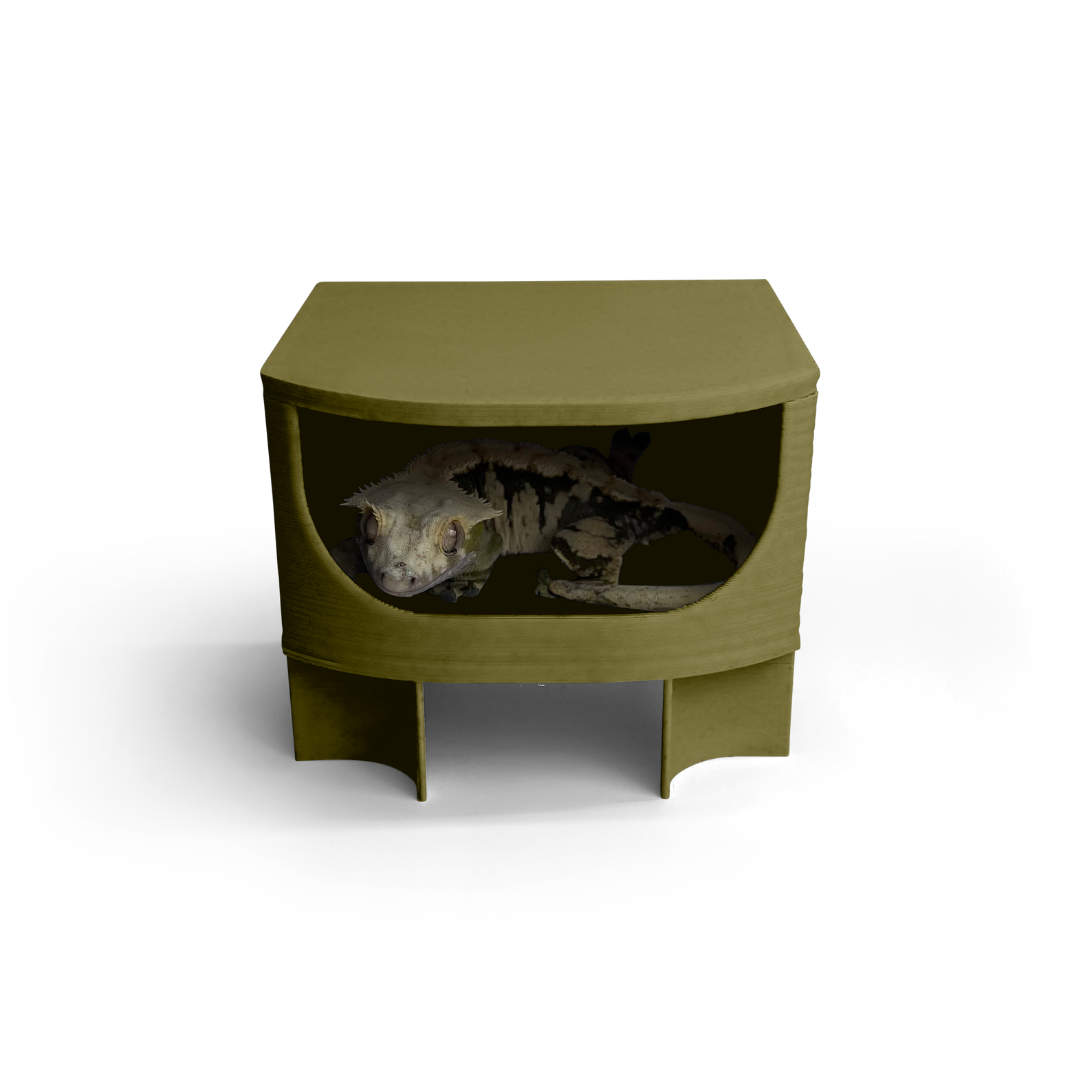
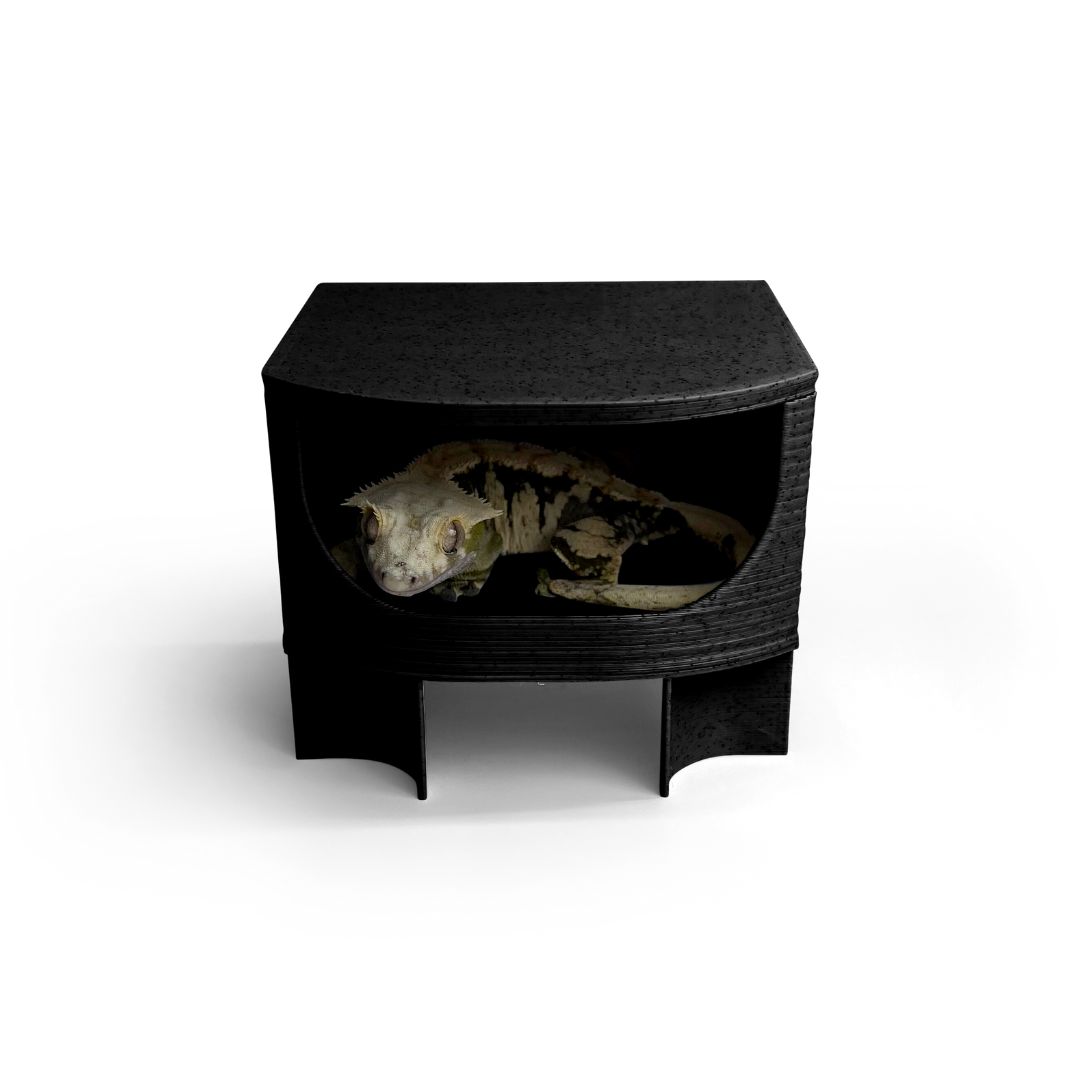
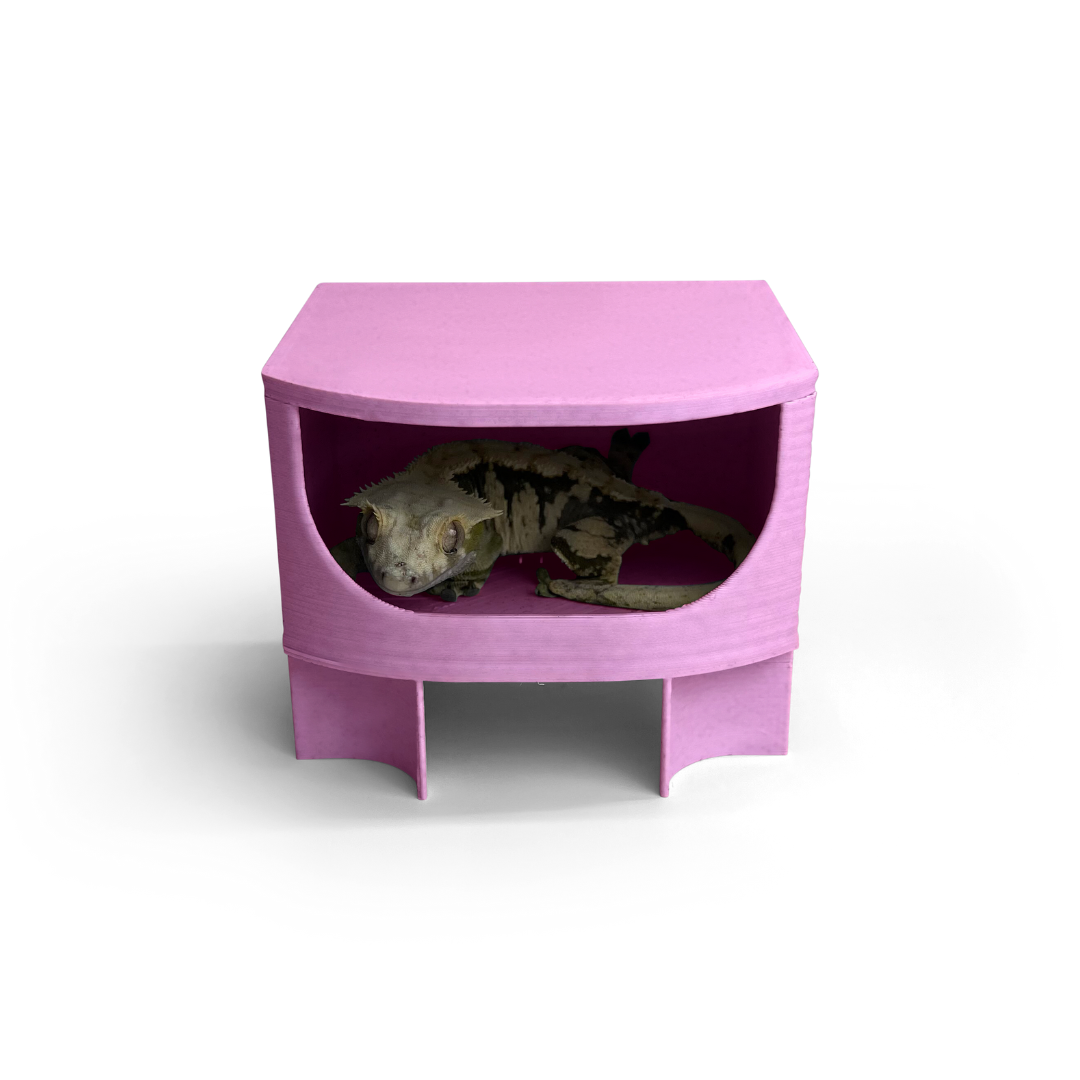
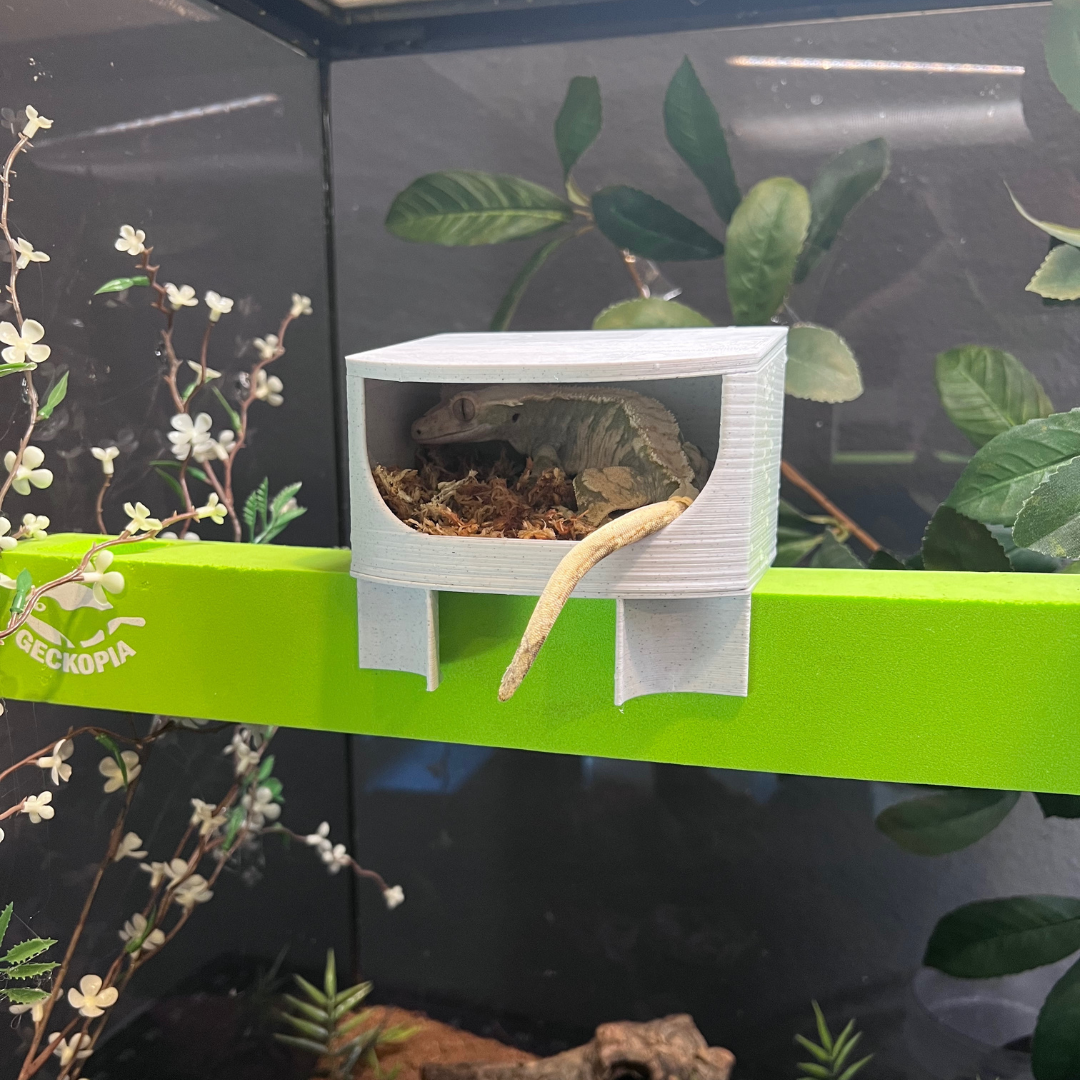

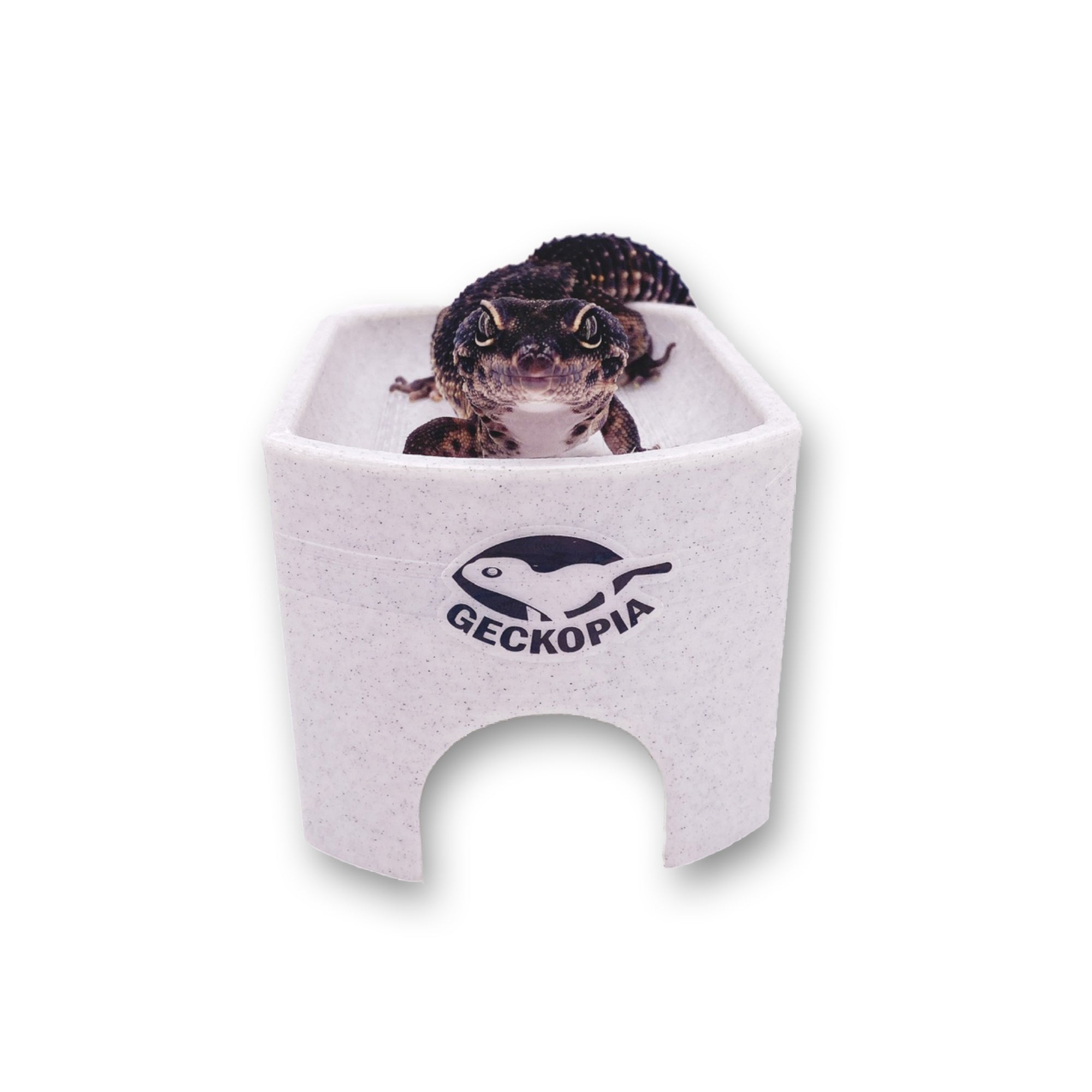
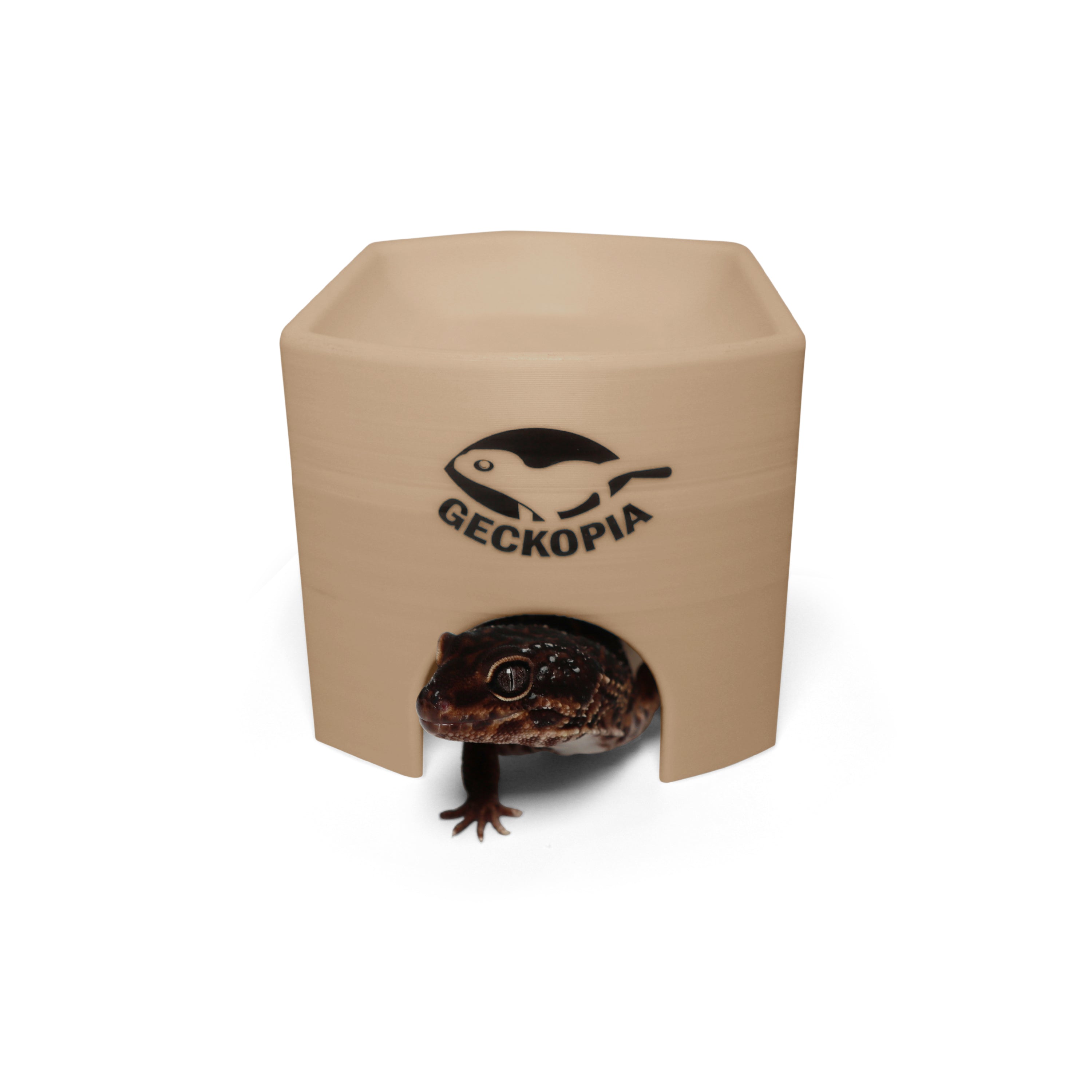
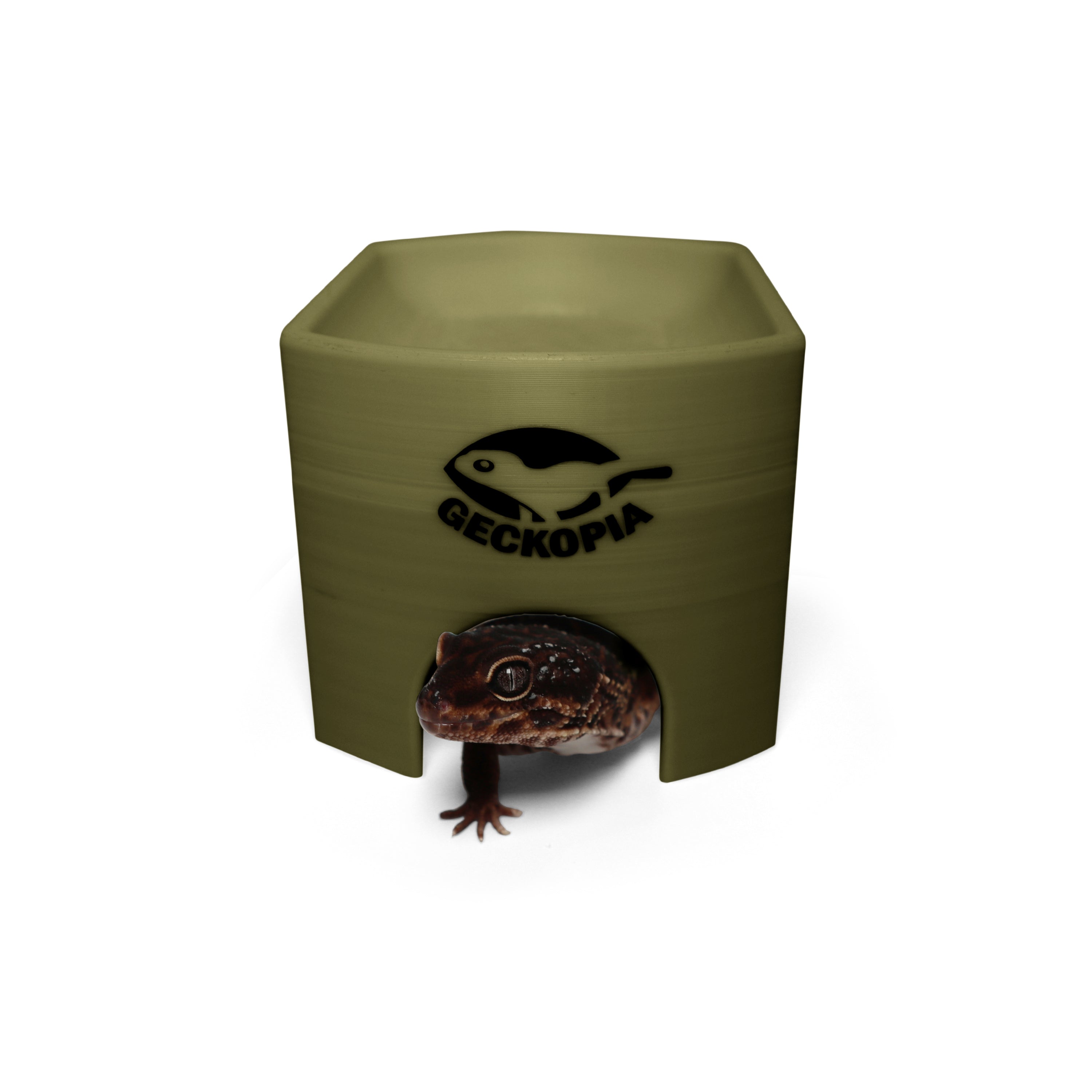

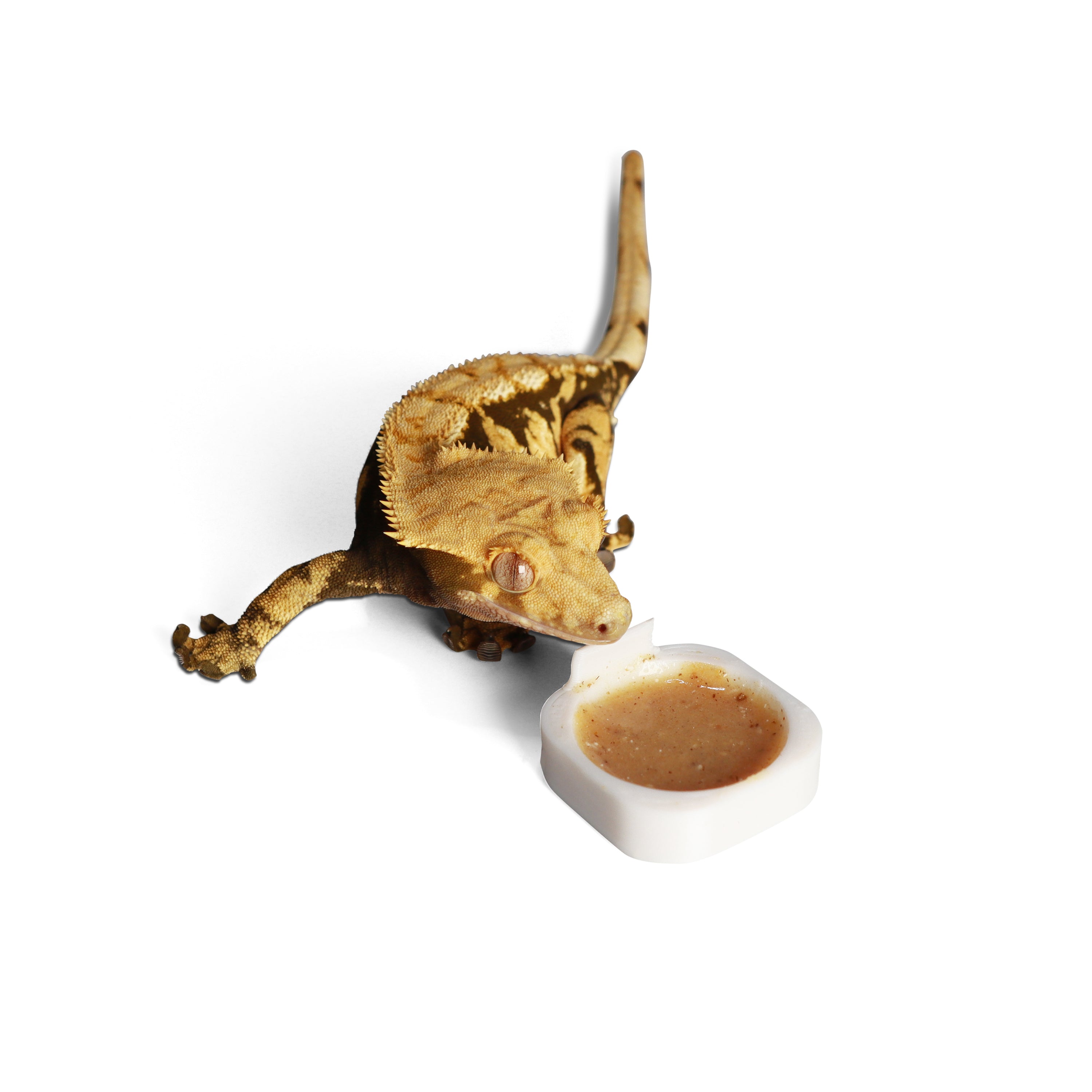

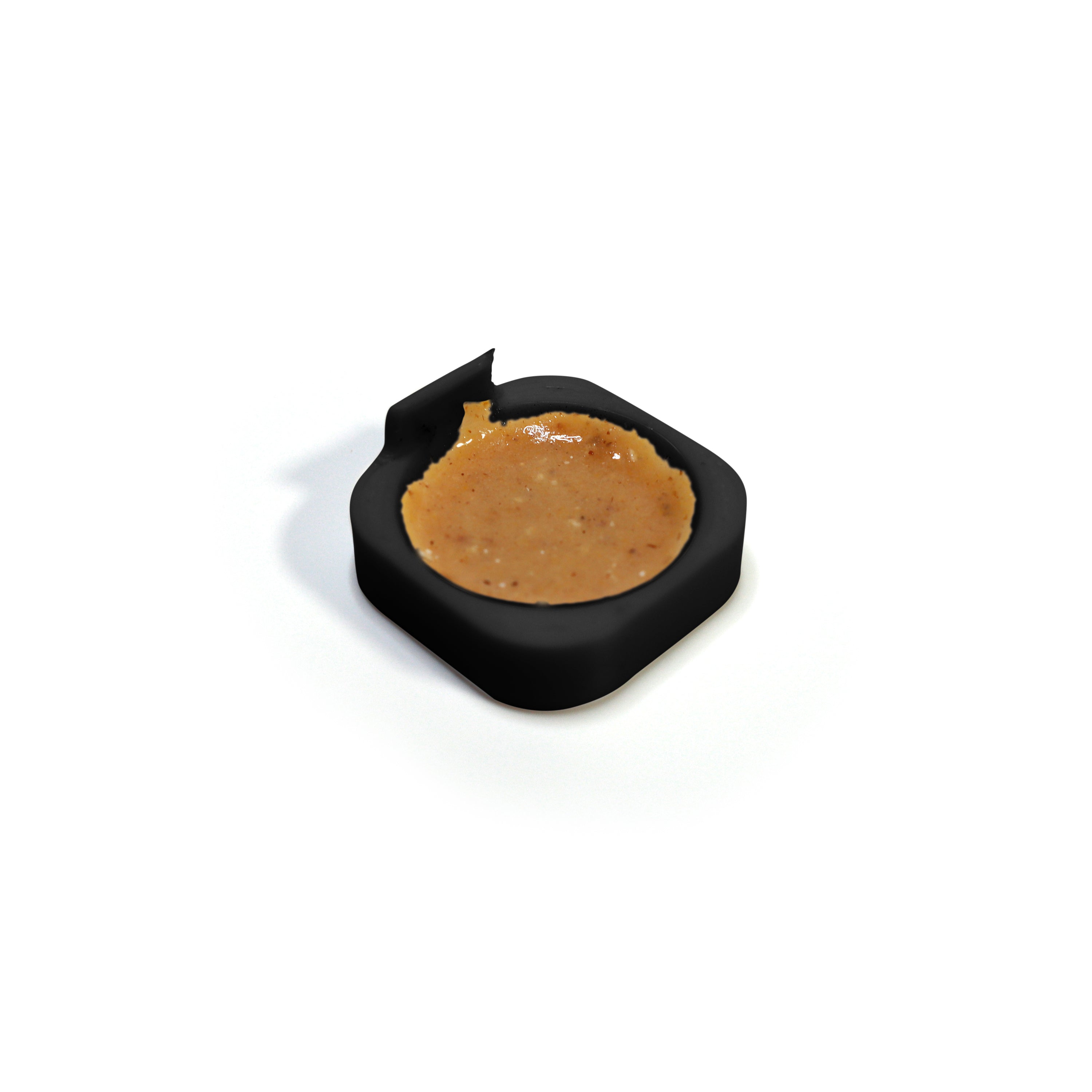
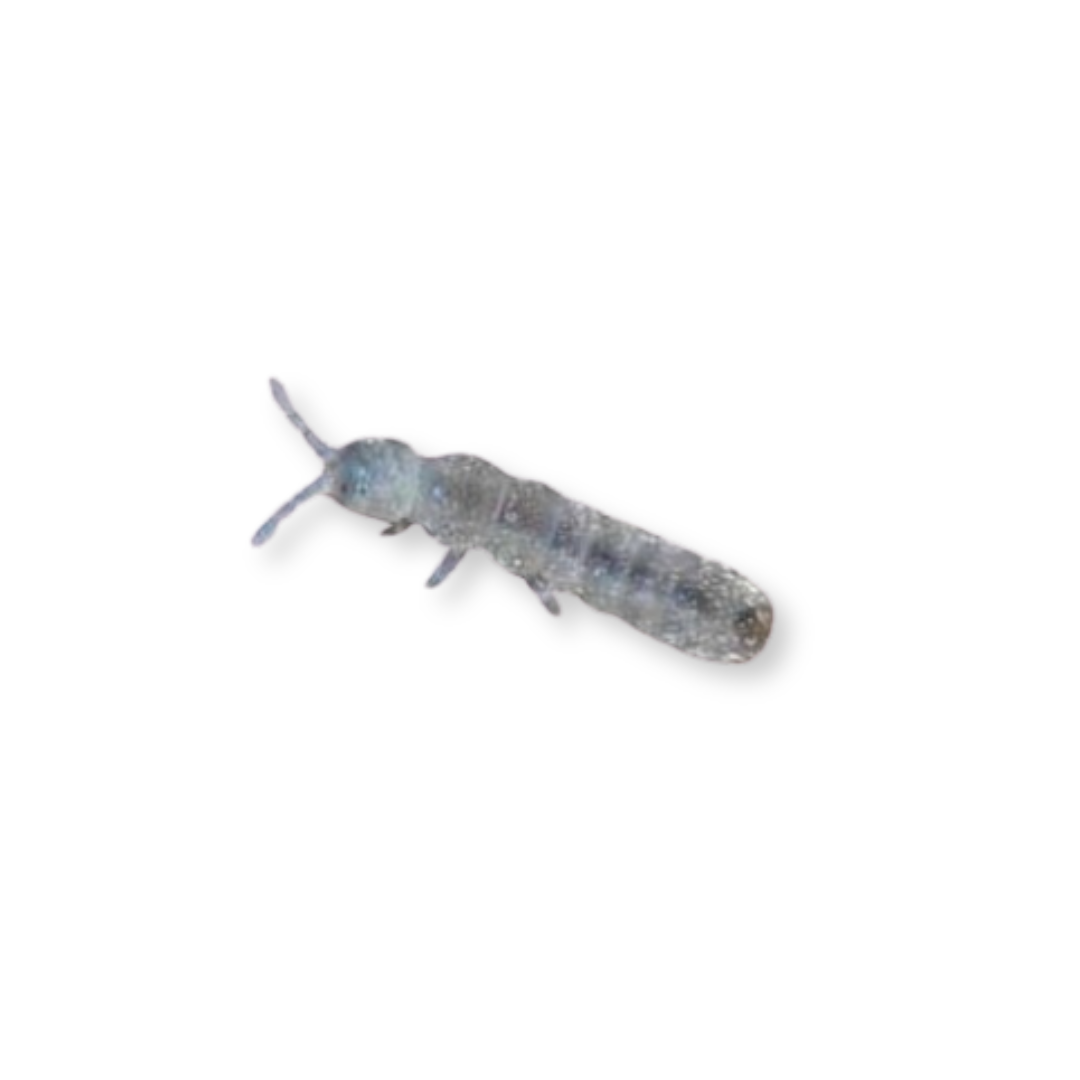
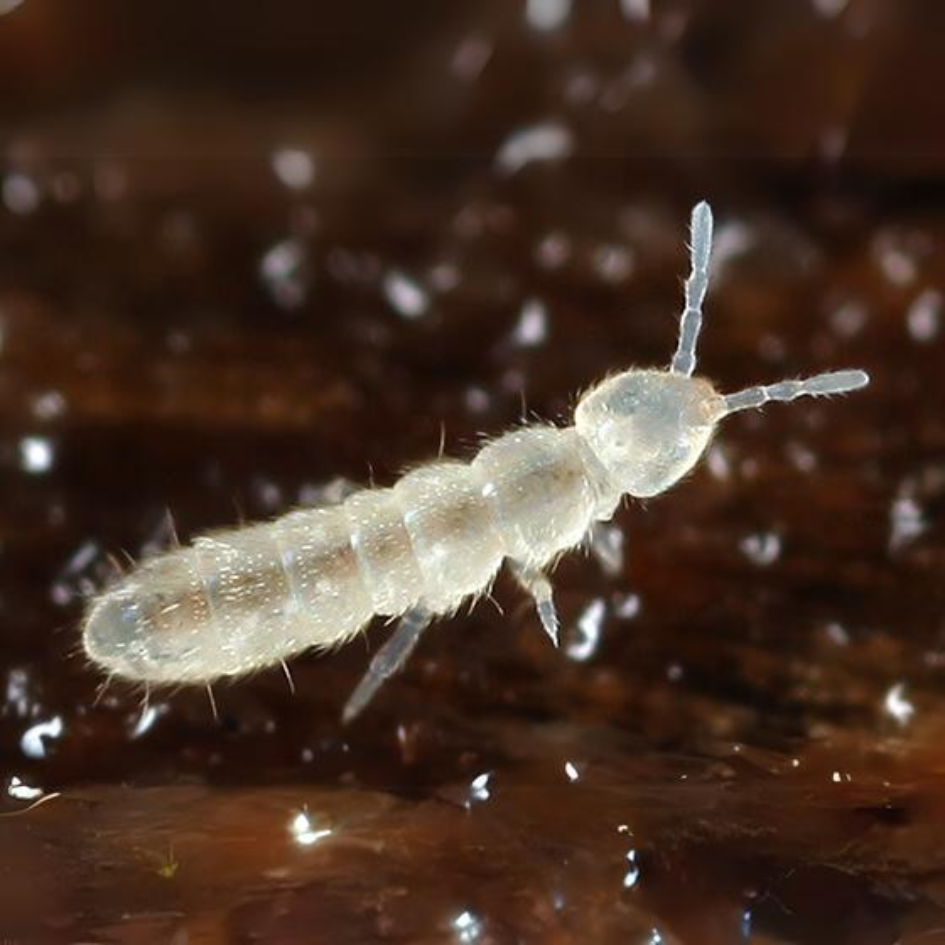
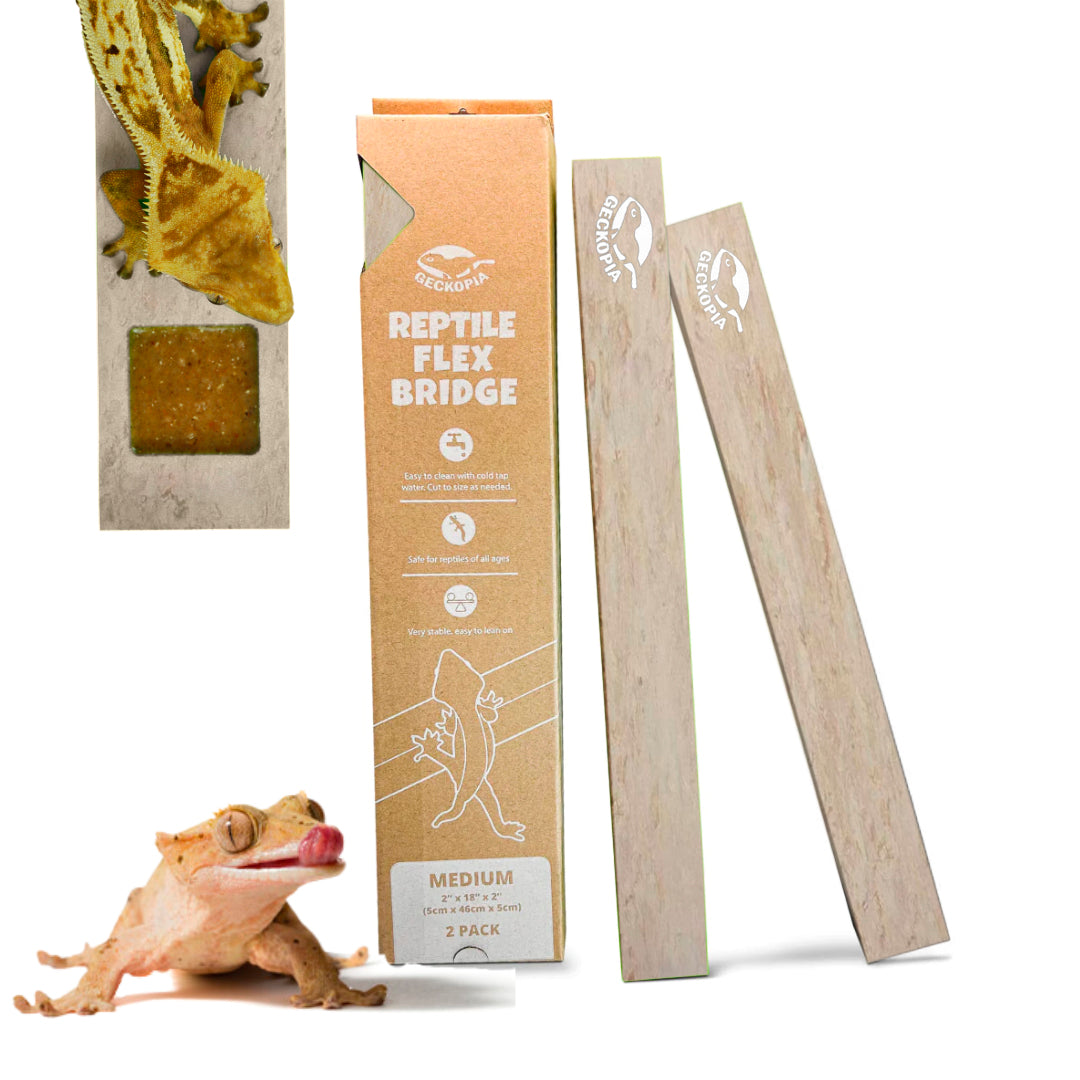

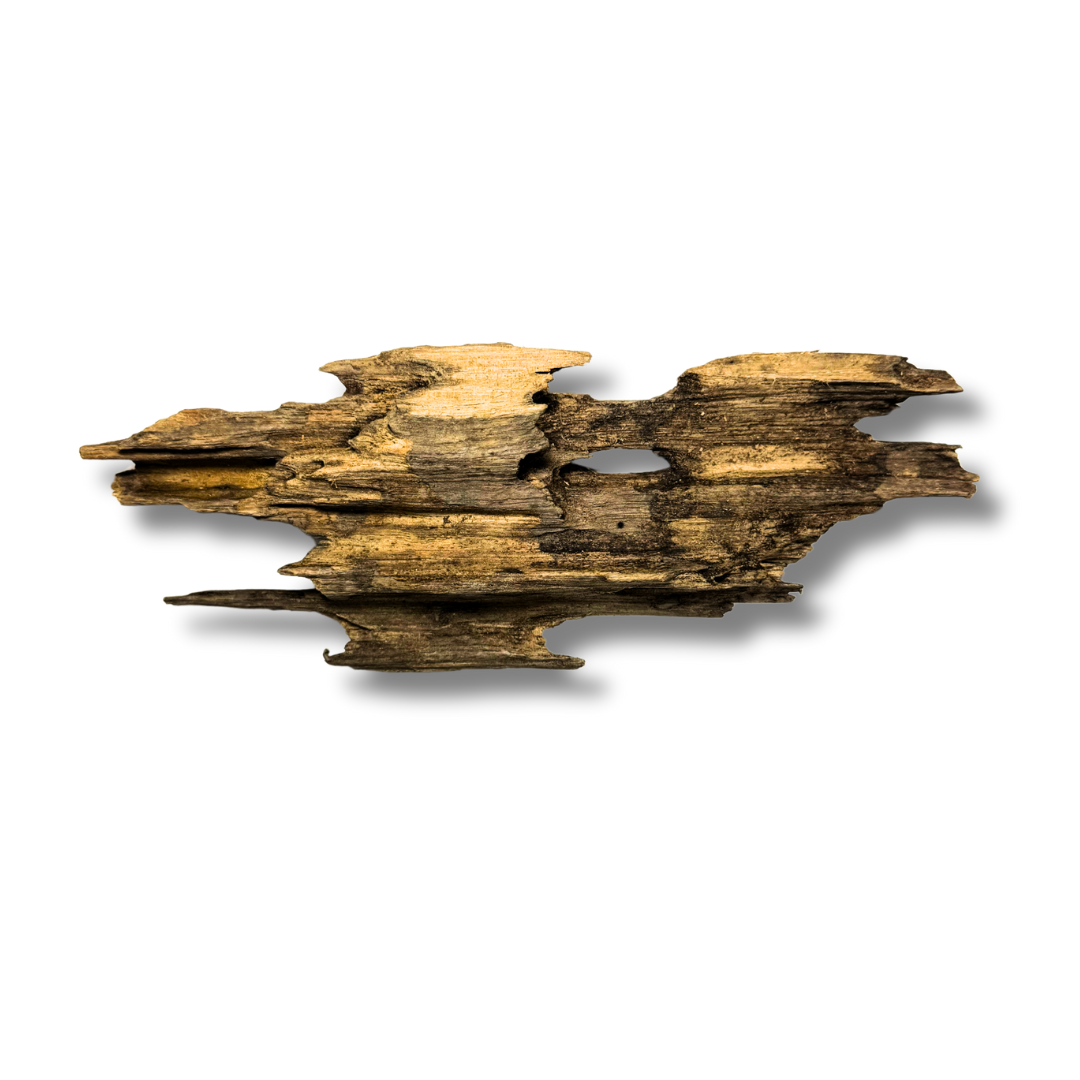
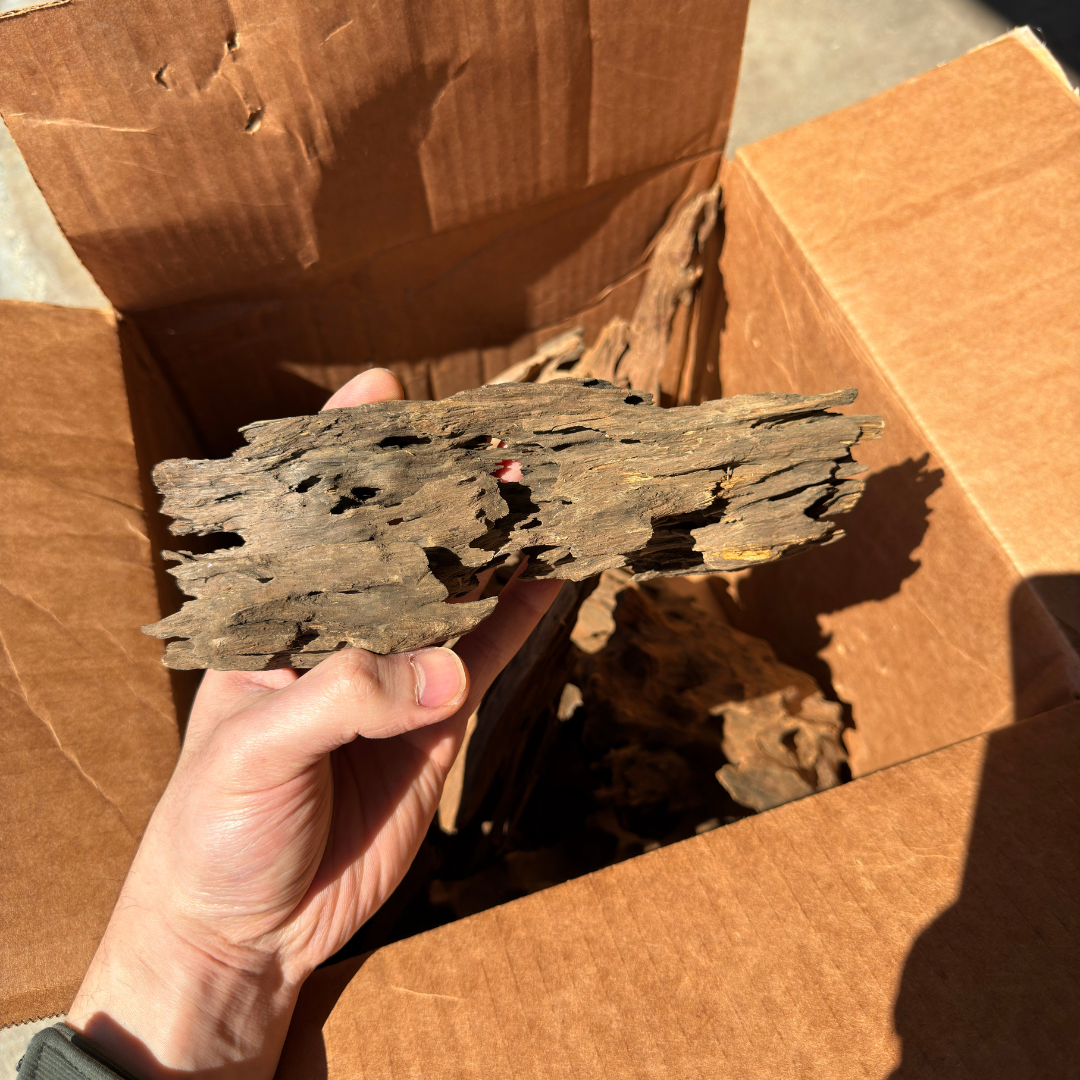
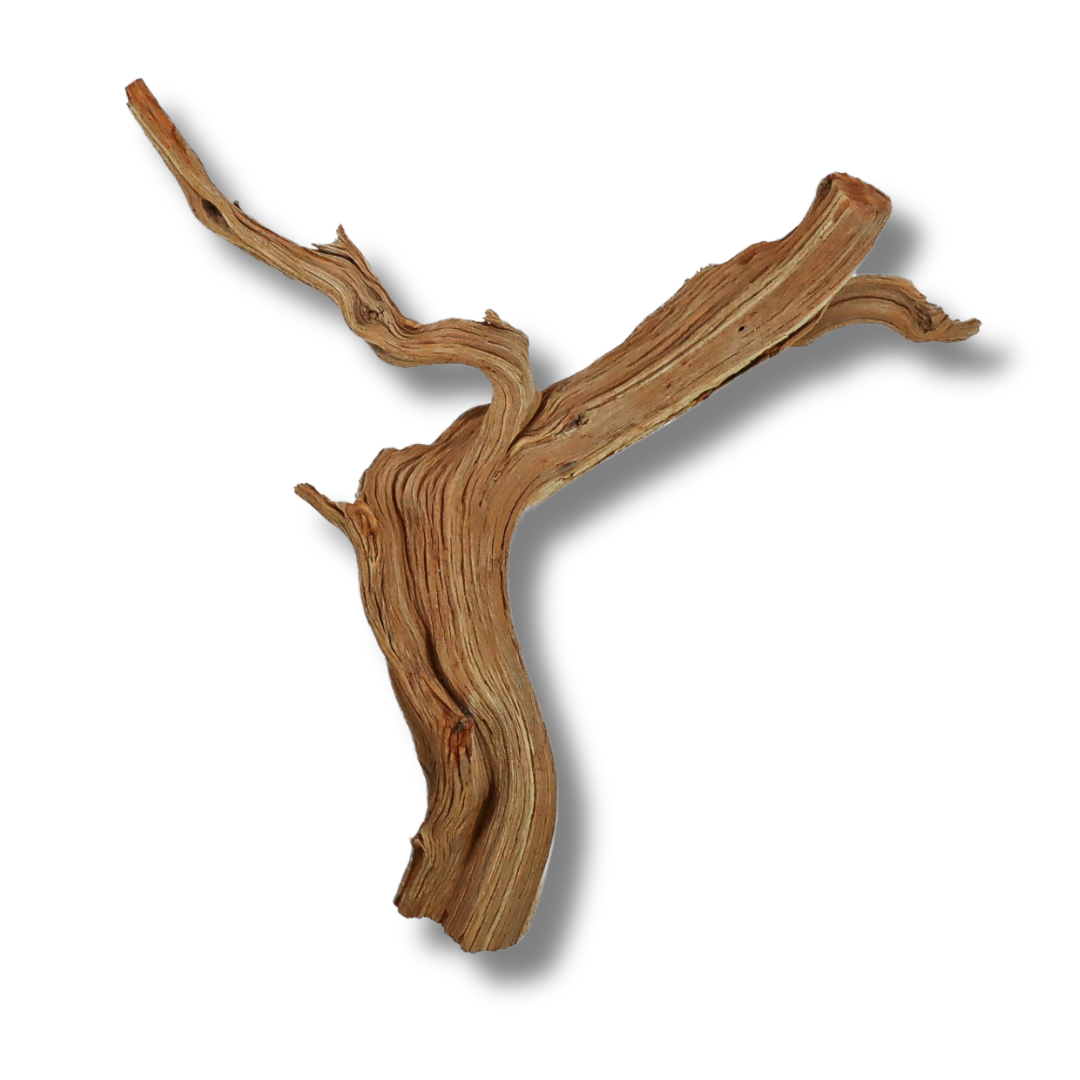
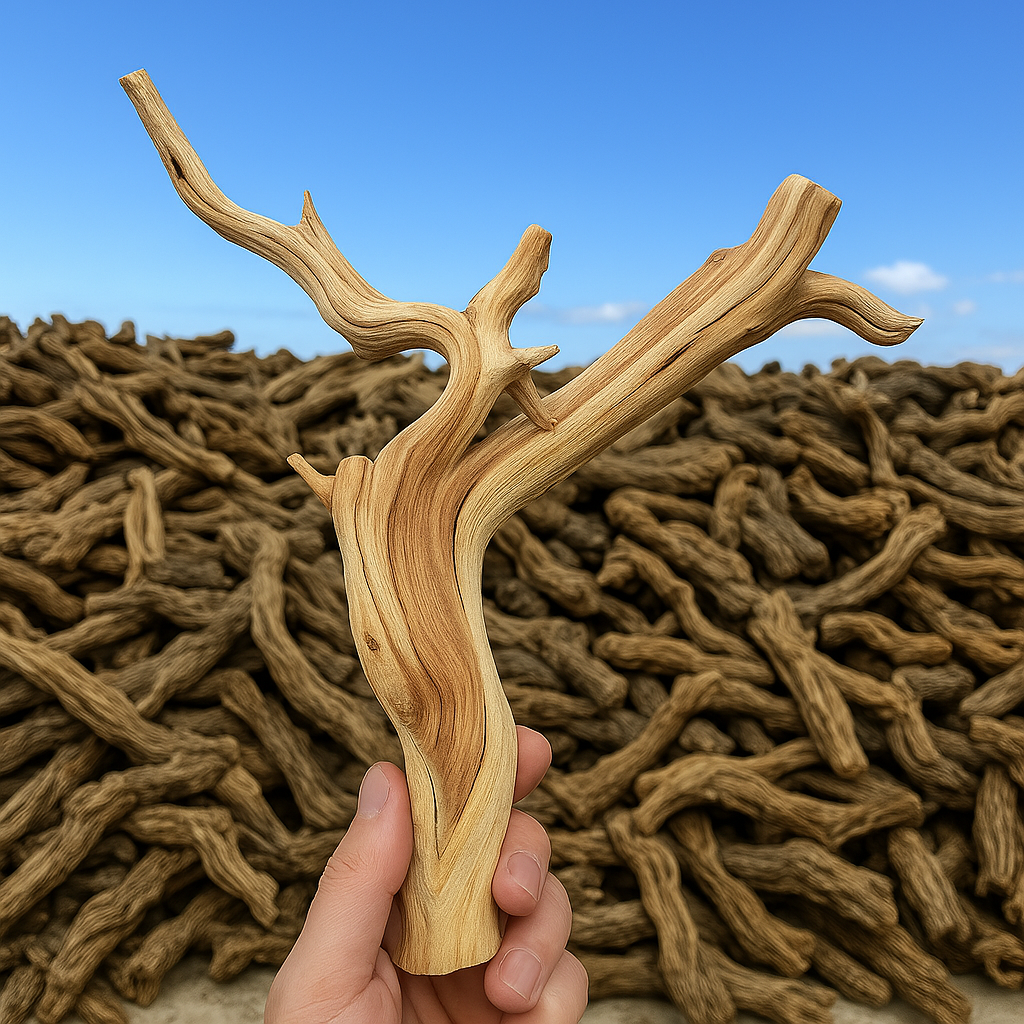
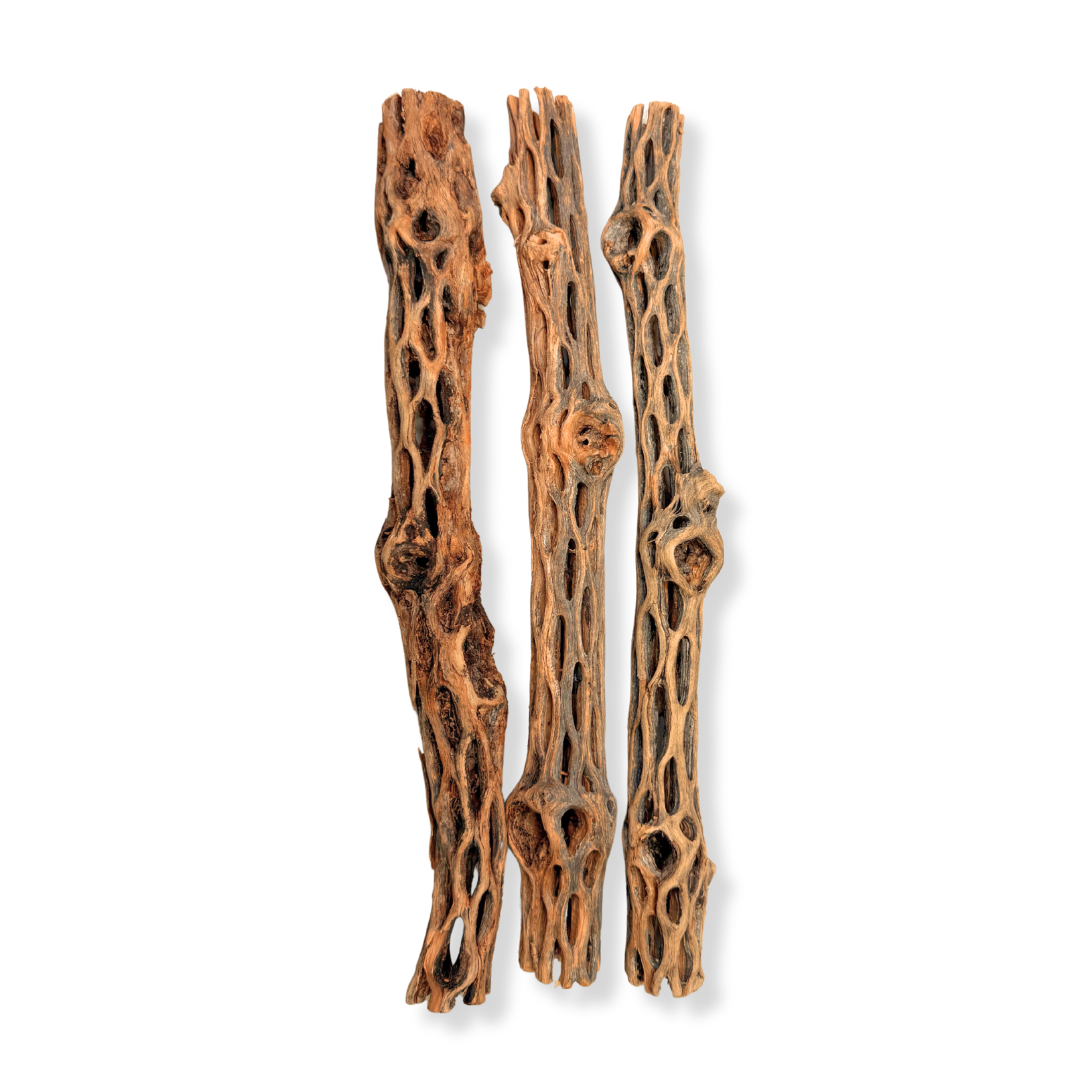
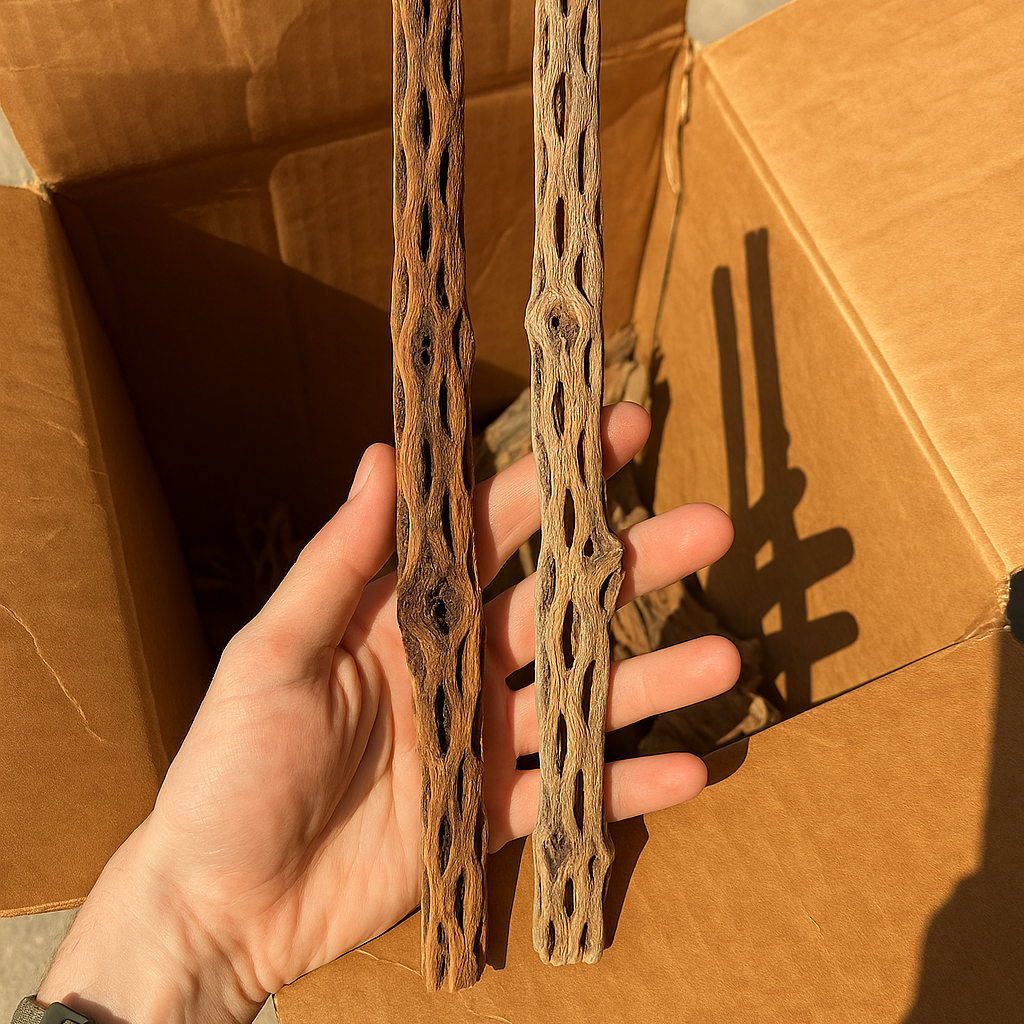
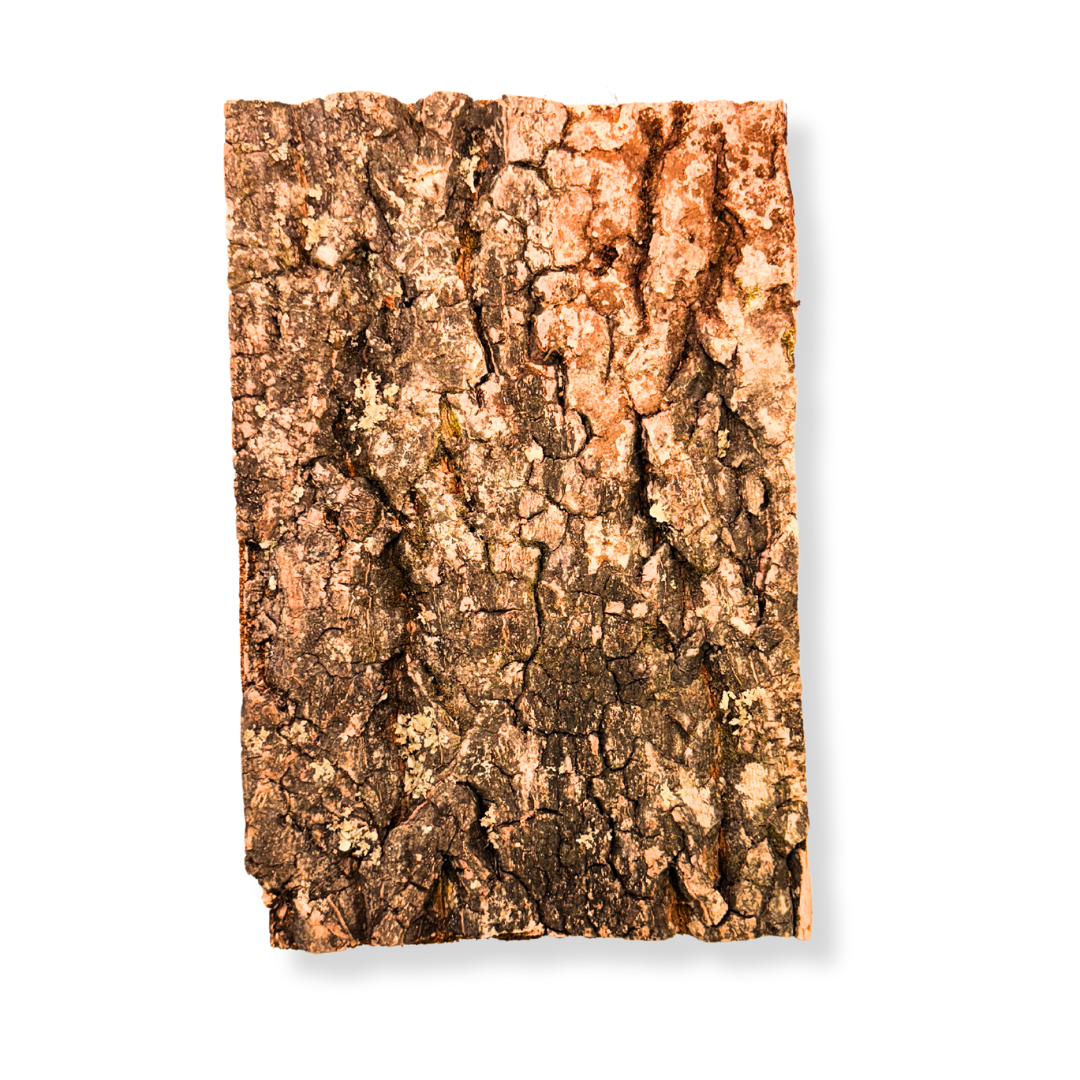
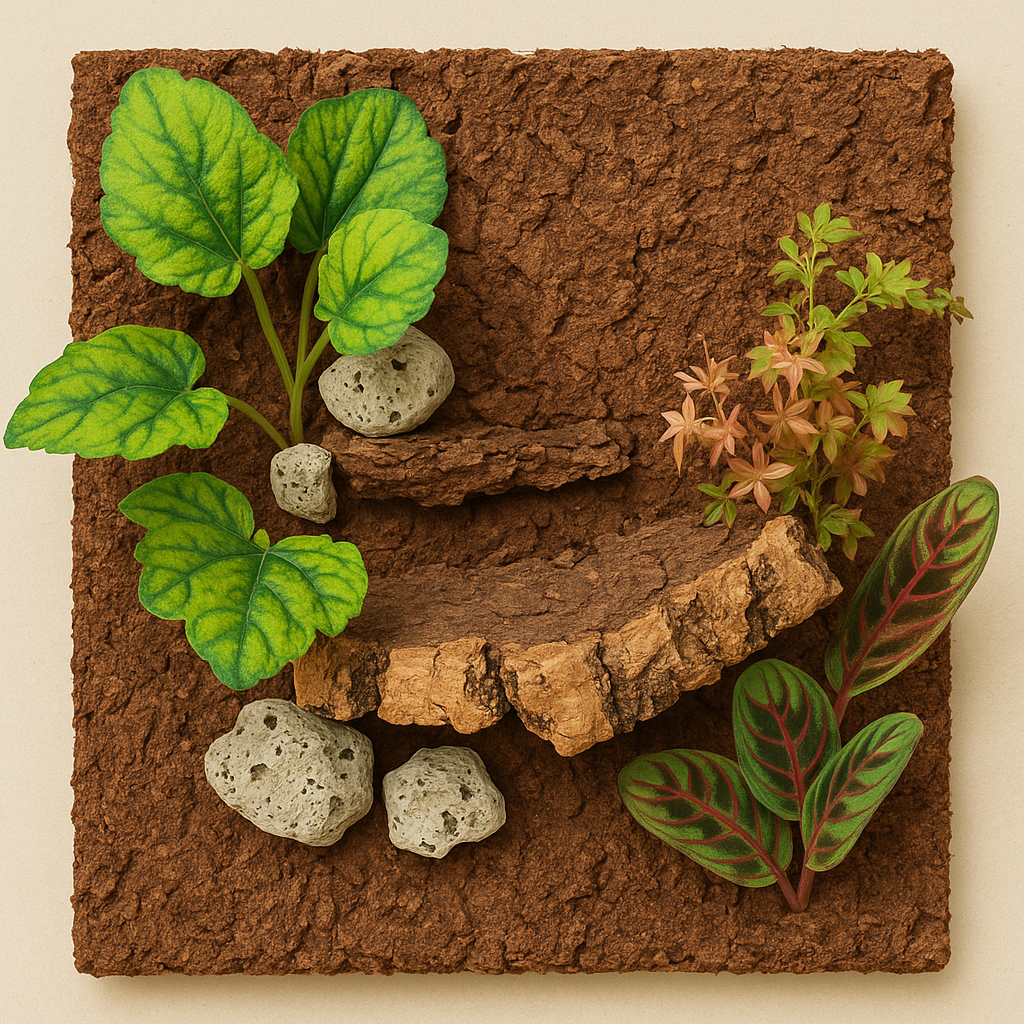
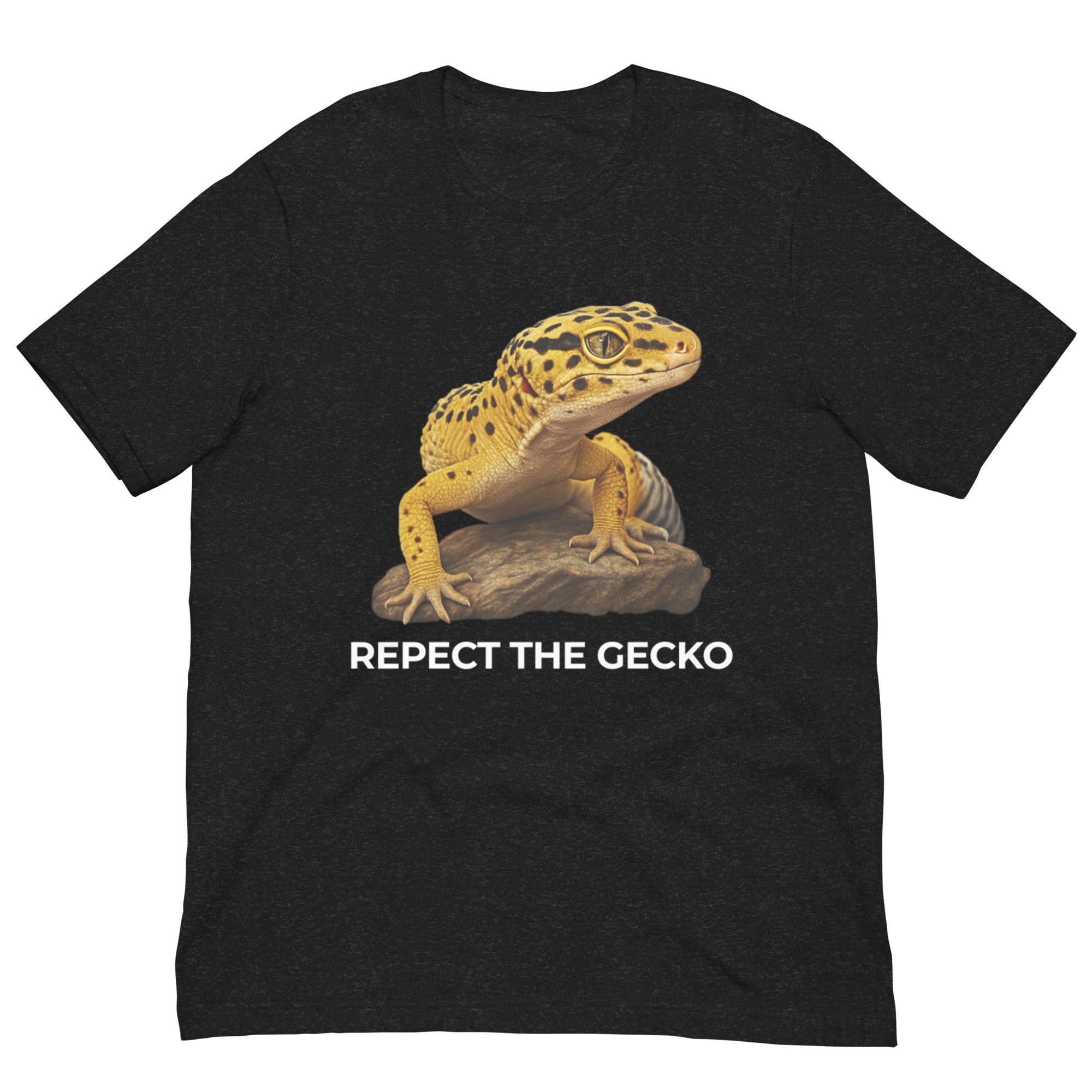
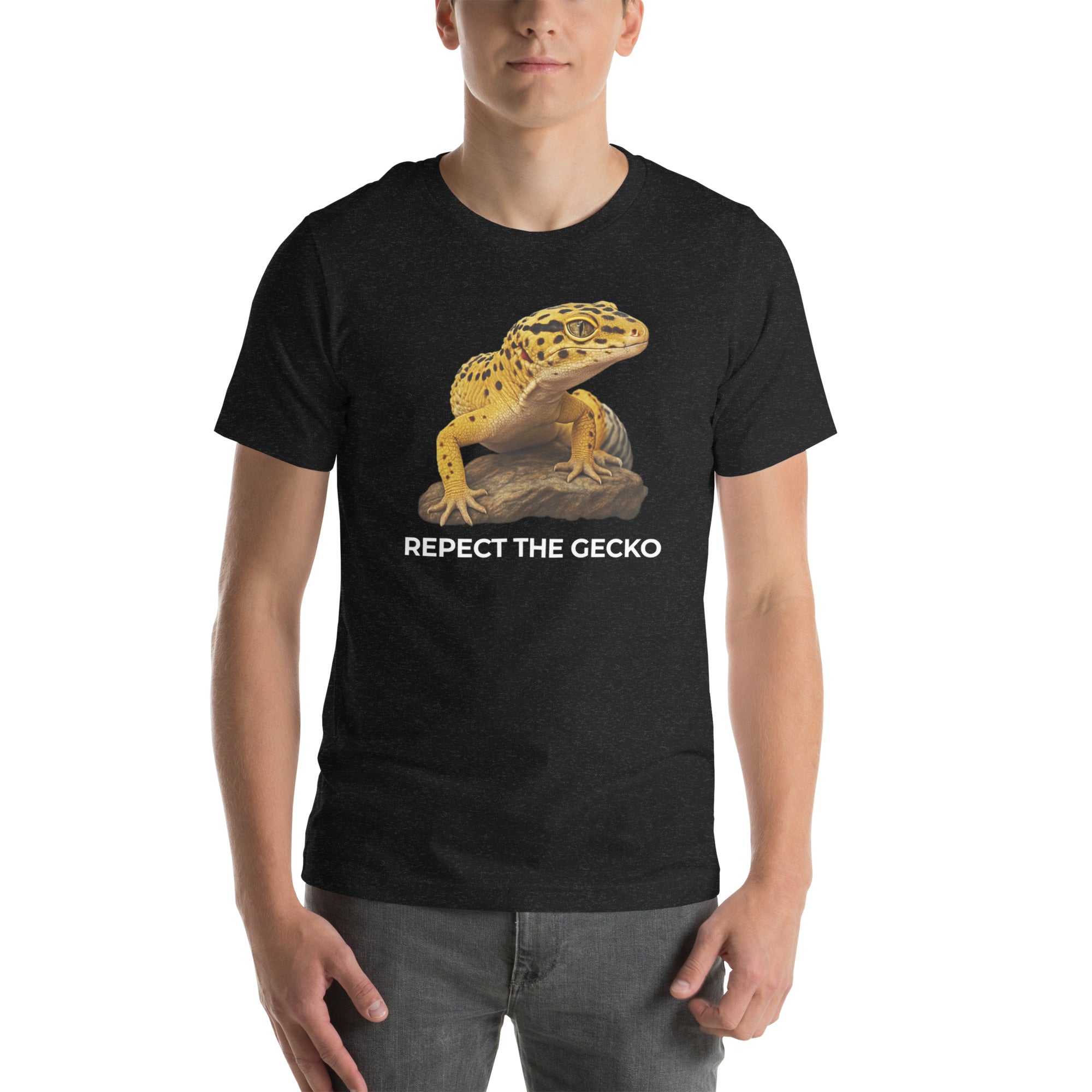

Leave a comment